In this article I’ll be comparing the Sony FE 70-200mm F4 G II (SEL70200G2) lens with the Sony FE 70-200mm F2.8 GM II (SEL70200GM2) lens.
This is more of a real-world actual use comparison rather than looking at test charts. There are plenty of other reviews out there if you are more interested in characteristics like distortion, vignetting and aberrations.
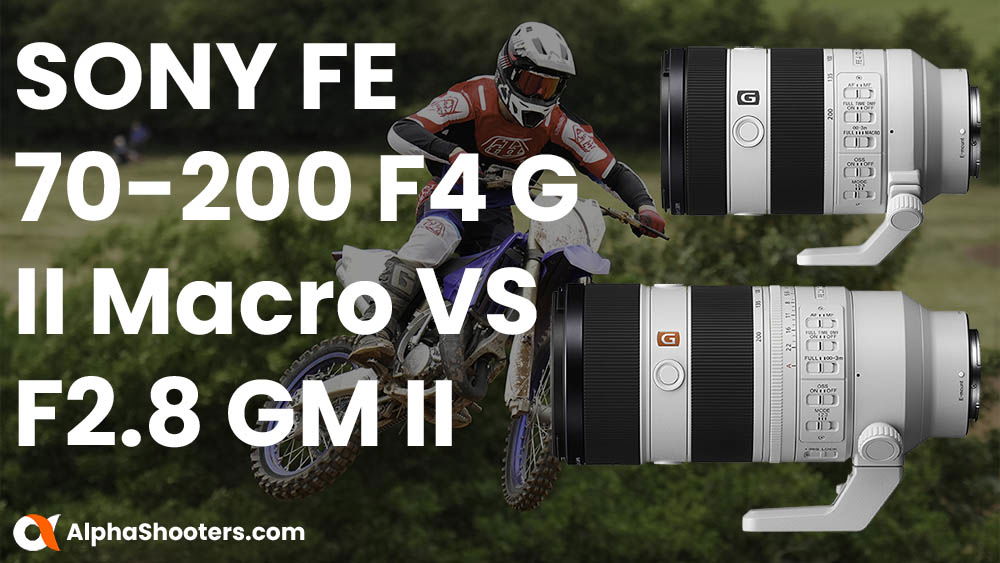
Table of Contents[Hide][Show]
Summary
The Sony FE 70-200mm F4 G II OSS lens was announced in July 2023 and the Sony FE 70-200mm F2.8 GM II in October 2021.
The G II Macro is an external zooming lens whilst the GM II is an internal zoom lens which does not extend as you zoom. Both lenses support Sony’s 1.4x and 2x teleconverters.
The F4 G II will cost you $1,998.00 / £1,649.00 versus $2,998.00 / £2,599.00 for the F2.8 GM II, making the GM II lens some $1000 more expensive.
So, is the F2.8 GM II worth $1000 more than the F4 G II lens? Hopefully by the end of this article you will have your answer.
Key Specs
First just a quick comparison of the key specifications of these two telephoto zoom lenses.
| 70-200 F4 G II | 70-200 F2.8 GM II | |
|---|---|---|
| Lens Mount: | Sony E-Mount | Sony E-Mount |
| Format: | 35mm full frame | 35mm full frame |
| Focal Length (mm): | 70-200 | 70-200 |
| Focus Motors: | Four high-thrust XD Linear Motors | Four high-thrust XD Linear Motors |
| Lens Groups / Elements: | 13/19 | 14/17 |
| Maximum Aperture: | F4 | F2.8 |
| Minimum Aperture: | F22 | F22 |
| Aperture Blades: | 9 circular | 11 circular |
| Minimum Focus Distance: | 0.26-0.42 m (0.86-1.38 ft) | 0.4-0.82 m (1.32-2.69 ft) |
| Magnification: | 0.5x | 0.30x |
| Filter Diameter (mm): | 72 | 77 |
| Image Stabilization (OSS): | Yes (3 modes) | Yes (3 modes) |
| Zoom System: | External | Internal |
| Teleconverter Support: | 1.4x & 2x | 1.4x & 2x |
| Diameter (mm): | 82.2 mm / 3.23 in. | 88 mm / 3.46 in. |
| Length (mm): | 149.0 mm / 5.86 in. | 200 mm / 7.87 in. |
| Weight: | 794 g / 28.1 oz. (Without tripod mount) | 1045 g / 36.9 oz. (Without tripod mount) |
| Price (MRRP): | $1,998.00 / £1,649.00 | $2,998.00 / £2,599.00 |
| Check Price: | B&H Photo | Amazon | B&H Photo | Amazon |
Bodies & Handling
The F4 G II sports Sony’s G branding and the GM II their flagship G Master branding. They are also both dust and moisture resistant for shooting in more challenging environments.
They share the same white bodies and multiple controls, but these two 70-200mm lenses also share some differences besides one stop of light.
Size & Weight
The Sony FE 70-200 F4 G II measures 82.2 mm (3.23 in.) in diameter and 149.0 mm (5.86 in.) when retracted at 70mm and without the lens hood attached.
Zoom out to 200mm and the lens now measures around 205mm (8.07 in.) in length without the lens hood attached.
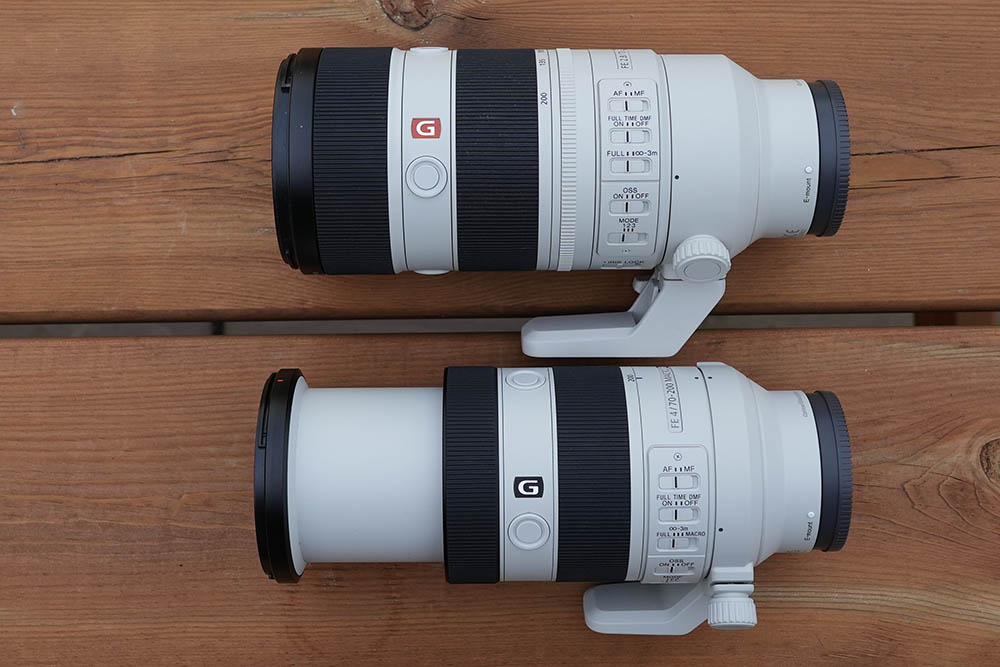
The Sony 70-200 F2.8 GM II measures 88 mm (3.46 in.) in diameter and 200 mm (7.87 in.) in length without the lens hood attached. So, it’s around 5mm shorter in length then the F4 G II when zoomed out at 200mm.
The F4 G II is around 251 g / 8.85 oz. lighter in weight compared to the F2.8 GM II. But the detachable tripod mount/foot of the GM II also adds an additional 79g / 2.78 oz. to the F2.8 GM II.
| Lens | Weight |
|---|---|
| 70-200 F4 G II | 794 g / 28.1 oz. (Without tripod mount) 861 g / 30.37 oz. (With tripod mount) |
| 70-200 F2.8 GM II | 1045 g / 36.9 oz. (Without tripod mount) 1124 g / 39.64 oz. (With tripod mount) |
Both front lens elements feature a fluorine coating that helps to repel fingerprints, dust, water, oil, and other contaminants. The F4 G II features a 72mm filter thread and the F2.8 GM II a 77mm thread.
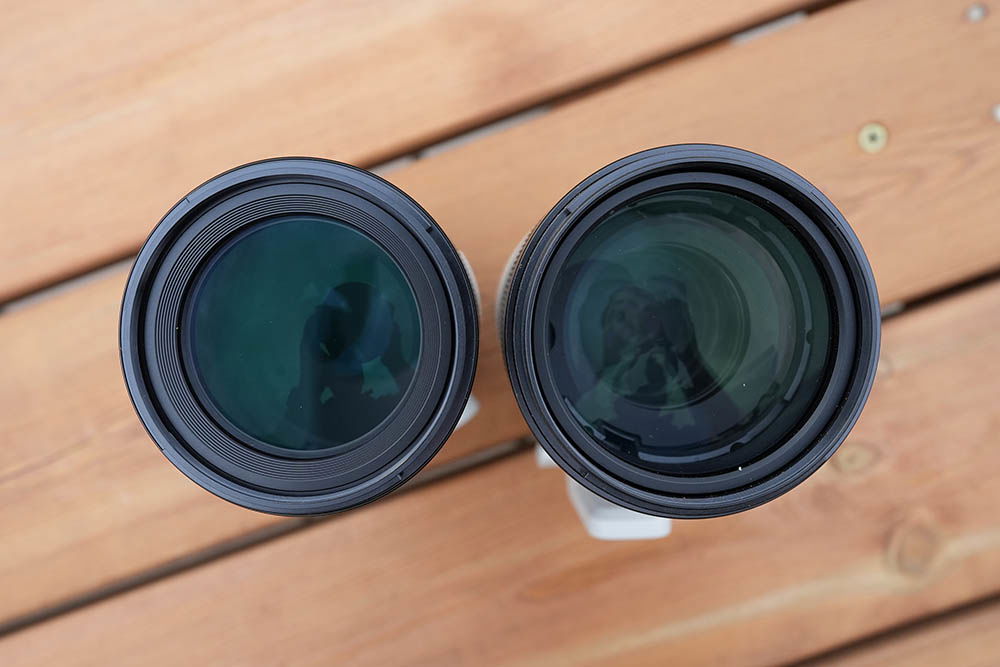
Controls
Both lenses share very similar controls but the F2.8 GM II includes some additional and very useful controls that you won’t find on the F4 G II.
On the F4 G II you’ll find the following controls:
- Zoom / focus rings
- Zoom lock switch (only lockable in the retracted position at 70mm)
- AF / MF switch
- Focus limiter switch with three settings (Full / Infinity to 3m / Macro)
- Optical Steady Shot On / Off
- Panning Mode Switch with 3 modes (Mode 1 stabilizes both horizontal and vertical axis. Mode 2 stabilizes the vertical axis only so is ideal for panning shots. Mode 3 is for unpredictable motion)
- Full Time DMF switch On / Off (allows you to jump into manual focus by turning the focus ring)
- 3 customizable focus hold buttons
- Lens collar adjustable tension knob
The zoom lock switch seen in the below image in only lockable in the retracted position at 70mm.
On the GM II you’ll find the following controls:
- Zoom / focus rings
- AF / MF switch
- Focus limiter switch with two settings (Full / Infinity to 3m)
- Optical Steady Shot On / Off
- Panning Mode Switch with 3 modes (Mode 1 stabilizes both horizontal and vertical axis. Mode 2 stabilizes the vertical axis only so is ideal for panning shots. Mode 3 is for unpredictable motion)
- Full Time DMF switch On / Off (allows you to jump into manual focus by turning the focus ring)
- IRIS Lock (locks the aperture ring to help prevent unwanted exposure changes)
- 3 customizable focus hold buttons
- An aperture ring
- A click On /Off switch (allows the aperture ring click stops to be engaged or disengaged)
- Lens collar adjustable tension knob
Both the zoom and focus rings on the F2.8 GM II are slightly wider than those on the F4 G II.
Lens Hoods
Both lenses include a bayonet-mount style lens hood but they are not identical.
The F4 G II uses the ALC-SH176 (B&H Photo) petal shaped hood and the GM II uses the ALC-SH167 (B&H Photo) cylindrical shaped hood.
The hood of the GM II features a silicone rubber ring on the front edge that allows the lens to be stood on its hood without damage, unless it topples over! This is not possible with the petal style hood of the F4 G II unless you do want to damage it.
There’s a push button release on the hood of the F2.8 GM II which is absent from the F4 G II. Not that it matters because the F4 G II’s hood still locks nicely into place and requires a good twist for it to unlock, so it’s highly unlikely to fall off accidentally.
To help to prevent unwanted light from entering the lens and causing lens flare or reducing contrast in images, the F2.8 GM II has a flocked dark fabric interior whereas the F4 G II is dark matt plastic.
Only the hood of the F2.8 GM II features a small sliding door to allow the operation of circular polarizing or variable ND filters, although in actual use the small door can be quite restrictive if your filter requires many turns. This door often comes open when being carried in a bag which I’ve always found a little frustrating.
Tripod Mount & Collar
Both lenses feature a tripod mount and rotating collar that is loosened and tightened via an adjustable tension knob.
The tripod foot of the F4 G II has only one 1/4″-20 threaded hole and one that is not threaded. It’s also not removable from the collar, but the rotating collar together with the foot can be completely removed from the lens by loosening the tension knob then pulling it to release the collar.
The tripod foot of the F2.8 GM II has two 1/4″-20 threads and is easily removed via a tension knob and a button, this exposes another 1/4″-20 thread. The collar can be rotated but not removed.
Both collars feature markings to help with alignment when rotating but there are no helpful detents (click-stops) like you’ll find on some other lenses.
There are also no dovetails on the feet to allow you to mount either lens directly to an Arca-Swiss compatible tripod or gimbal head. So, you’ll need to add an additional plate which is a pain when you leave this at home or it comes loose.
The foot of the F4 G II cannot be replaced but you can replace the foot of the F2.8 GM II. I’d recommend replacing it with a third-party solution such as the Kirk LP-65 (B&H Photo). This is larger and more comfortable to hold the lens by than the original foot. There are also dovetails for mounting directly to an Arca-Swiss compatible tripod or gimbal head.
Teleconverters
Both lenses support the use of the Sony 1.4x SEL14TC (B&H Photo) and 2x SEL20TC (B&H Photo) teleconverters.
The 1.4x extends the maximum focal length to 280mm but you sacrifice one stop of light, and the maximum aperture is reduced to F5.6 when mounted to the F4 G II and F4 when mounted to the F2.8 GM II.
The 1.4x also increases the magnification of the F4 G II to 0.7x and the F2.8 GM II to 0.42x at all focal lengths without sacrificing the minimum focussing distance.
The 2x extends the maximum focal length to 400mm but you sacrifice two stops of light, and the maximum aperture is reduced to F8 when mounted to the F4 G II and F5.6 when mounted to the F2.8 GM II.
The 2x also increases the magnification of the F4 G II to 1:1 macro and the F2.8 GM II to 0.6x at all focal lengths without sacrificing the minimum focussing distance.
Handling
When it comes to handling both lenses feel great in the hand and their light-weight bodies make them a joy rather than a burden to hold for longer periods.
The external zoom design of the 70-200 F4 G II means you will feel the resistance and weight of the elements when zooming but this remains smooth throughout the zoom range.
The F4 G II can be locked at 70mm but you can’t lock it at any other focal length. There is practically no lens creep when pointing the lens skywards but with enough movement like that involved with shooting birds in-flight the lens does creep a few mm.
The internal zoom design of the 70-200 F2.8 GM II is without doubt much nicer to use and there are no concerns over lens creep.
If you are constantly changing the focal length then you’ll definitely appreciate the internal zoom of the F2.8 GM II a lot more than the external zooming F4 G II.
You’ll also appreciate the fixed length of the F2.8 GM II if you plan to mount your lens to a gimbal.
The aperture ring found on the F2.8 GM II is a very useful feature to have but will probably be more beneficial to video shooters than stills shooters.
When focusing manually each lens responds directly and linearly to subtle turns of their focus rings which have enough resistance to prevent accidental focus shifts.
Image Stabilization (OSS)
Both the F4 G II and F2.8 GM II feature 5-axis of image stabilization when used with an alpha series body that feature built-in image stabilization.
Both lenses also feature 3 modes of stabilization unlike the 2 modes found on their respective predecessors.
Mode 1 stabilizes both horizontal and vertical axis, mode 2 stabilizes the vertical axis only so is ideal for panning shots, and Mode 3 is for unpredictable motion.
With OSS turned on I could drop the shutter speed down to 1/40 sec with both lenses and still achieve acceptably sharp images when shooting a static subject handheld. To achieve the same level of sharpness with OSS turned off a shutter speed of 1/200 sec was required.
So, image stabilization remains very similar between these two lenses.
Autofocus & Tracking
Both lenses pack four of Sony’s high-thrust XD Linear Motors that work in conjunction with precision floating focus groups to achieve extremely fast and accurate focus drive.
They also feature Sony’s Linear Response MF feature to help ensure responsive, direct manual focus control.
They are also able to track subjects and maintain focus whilst zooming in and out.
In the field both lenses are very snappy when it comes to acquiring the initial focus lock and neither lens has any issues with tracking.
I’ve shot quite a bit of motocross at my local track and both lenses lock on to the bikes quickly and track them without fail, at least when shooting with my Sony A1.
I’ve put together the following video that demonstrates the autofocus performance, including with the 1.4x and 2x teleconverters.
Sharpness
I did say at the start of this article that we won’t be looking at test charts. I did however shoot a couple of images at 200mm to examine the central sharpness a little closer.
I’m afraid I couldn’t bring myself to shoot other focal lengths or look at the corners that don’t interest me so much as mainly a sports and wildlife photographer.
Sharpness at 200mm
The below images were shot at each lens’s respective maximum aperture. So, the 70-200 F4 G II was shot at f/4 and the GM II at f/2.8.
Then stopping down one stop the below images were shot at f/5.6 with the 70-200 F4 G II and f/4 with the GM II.
Frank would look beautiful even if I shot him with a Nikon but I might be slightly bias. Unfortunately, he refused to strike an identical pose for each lens.
To my eyes it’s pretty clear that the GM II lens is the sharper lens in the center at least at 200mm. The sharpness increases with both lenses when you stop them down but the GM II remains ahead.
Sharpness with 1.4x & 2x Teleconverters
Both lenses also support Sony’s 1.4x and 2x teleconverters.
If you attach the 1.4x teleconverter your focal length increases to 280mm but you sacrifice one stop of light which drops you down to f/5.6 with the G II Macro lens and f/4 with the GM II lens.
With the 2x you are now at 400mm but lose two stops which drops you to f/8 with the G II Macro and f/5.6 with the GM II.
1.4x Teleconverter (SEL14TC)
With the 1.4x teleconverter attached both lenses appear to be a little bit softer than without but the GM is just a tad sharper.
2x Teleconverter (SEL20TC)
With the 2x we see a little more softness creeping in with both lenses but less so with the GM lens, the wider aperture of f/5.6 and thus lower noise also helps of course.
Magnification & Minimum Focus Distance
The Sony 70-200 F4 G II Macro features a minimum focusing distance of just 0.26 m at the wide end and 0.42 m at the telephoto end of the zoom range with a maximum magnification of 0.5x.
70-200 F4 G II – 200mm
The Sony 70-200 F2.8 GM II features a minimum focusing distance of 0.40 m at the wide end and 0.82 m at the telephoto end of the zoom range with a maximum magnification of 0.30x.
70-200 F2.8 GM II – 200mm
70-200 F4 G II – 70mm
70-200 F2.8 GM II – 70mm
I think this clearly shows that the 70-200 F4 G II Macro is the best pick if you enjoy shooting extreme close-ups of various subjects. Below you’ll find a few more images shot with the 70-200 F4 G II Macro lens.
Sample Images
Here are some additional sample images shot at my local motocross track. They have only been cropped to my liking, no further post processing has been applied.
Sony FE 70-200mm F4 Macro G OSS Ⅱ
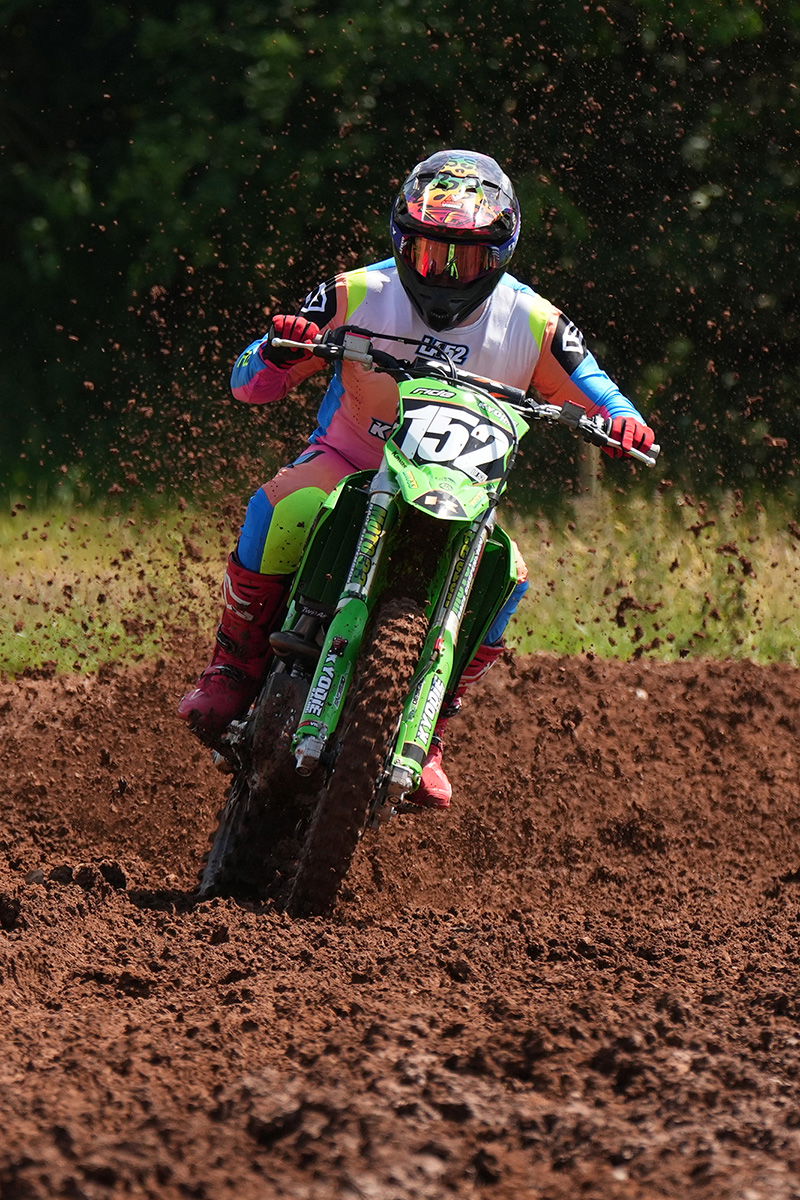
Sony FE 70-200mm F2.8 GM OSS II
Conclusion
Both of these 70-200mm lenses are excellent and will enable you to capture a wide array of subjects regardless of which lens you choose.
The F4 G II will cost you $1,998.00 / £1,649.00 versus $2,998.00 / £2,599.00 for the F2.8 GM II, making the GM lens $1000 more expensive.
So what does $1000 extra buy you? Basically, a little better image quality, an additional one stop of light, an internal zoom and aperture ring, that’s pretty much it.
Only you can decide if these features justify the additional spend, but I’m pretty sure for many photographers the F4 G II lens will be plenty of glass unless pixel peeping is your thing.
The compact form of the G II Macro also helps to improve the packability when it comes to travelling and the reduced minimum focusing distance and increased magnification make this an excellent choice for close-up photography.
I’m fortunate to own both lenses and unless I really need the additional one stop then I’ll always be grabbing the F4 first. If I was forced to sell one then I think I’d be giving up the 2.8 GM before the F4 G II.
If you have owned both lenses it would be great to hear your own thoughts on them in the comments below.
Finally, if you are not already a member of our community forums it would be great if you would consider joining. We’re a pretty friendly bunch!

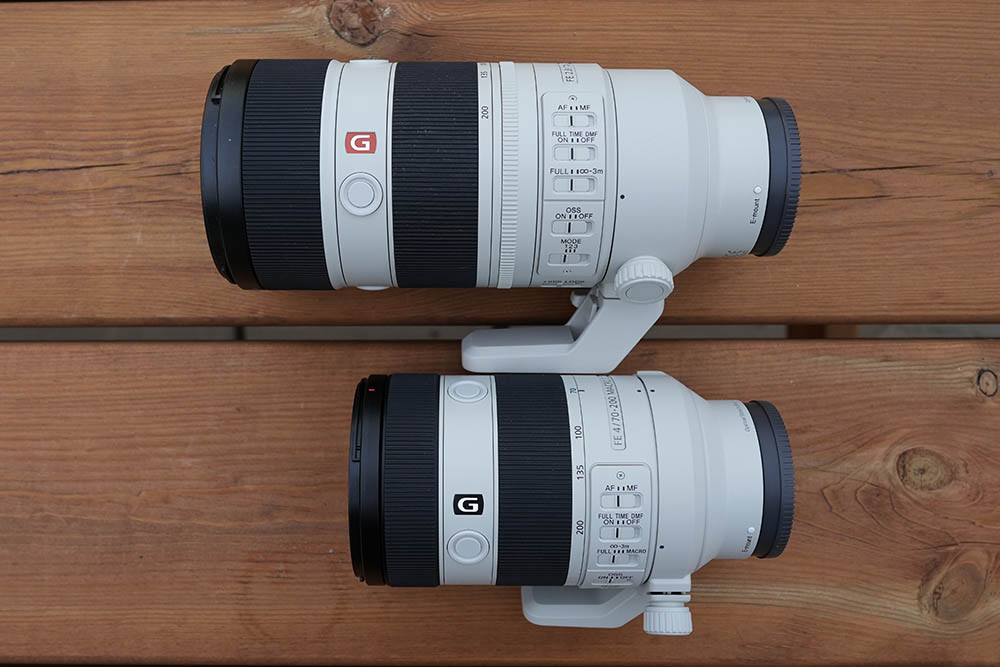
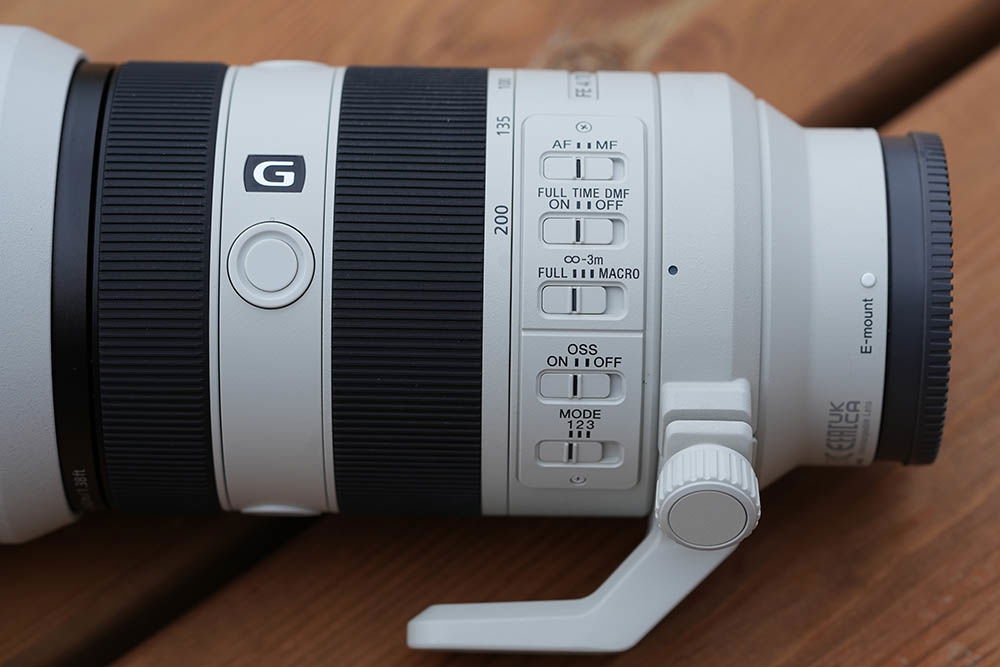
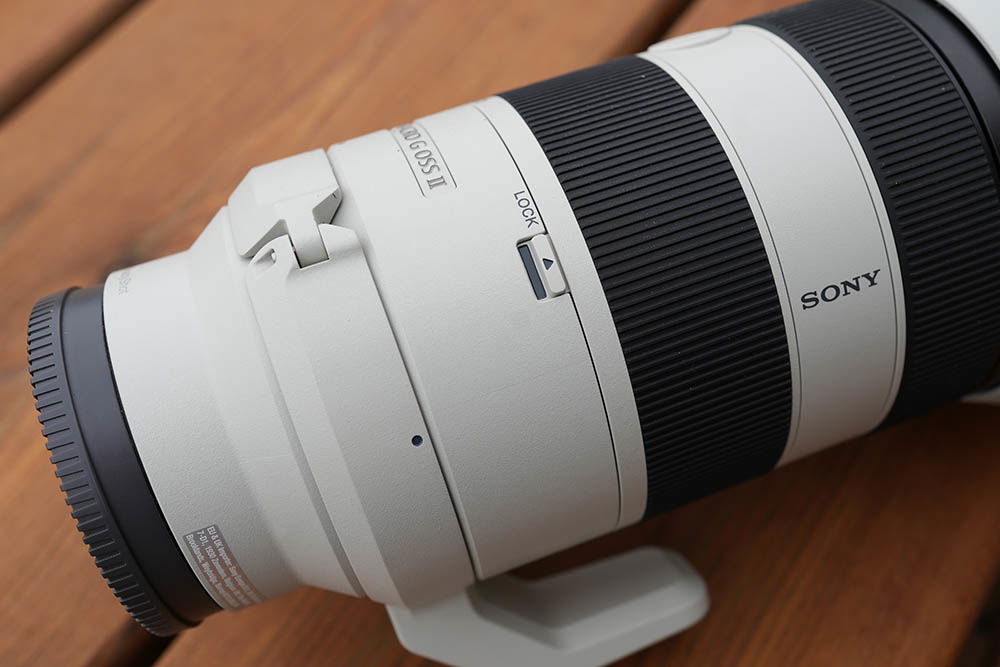
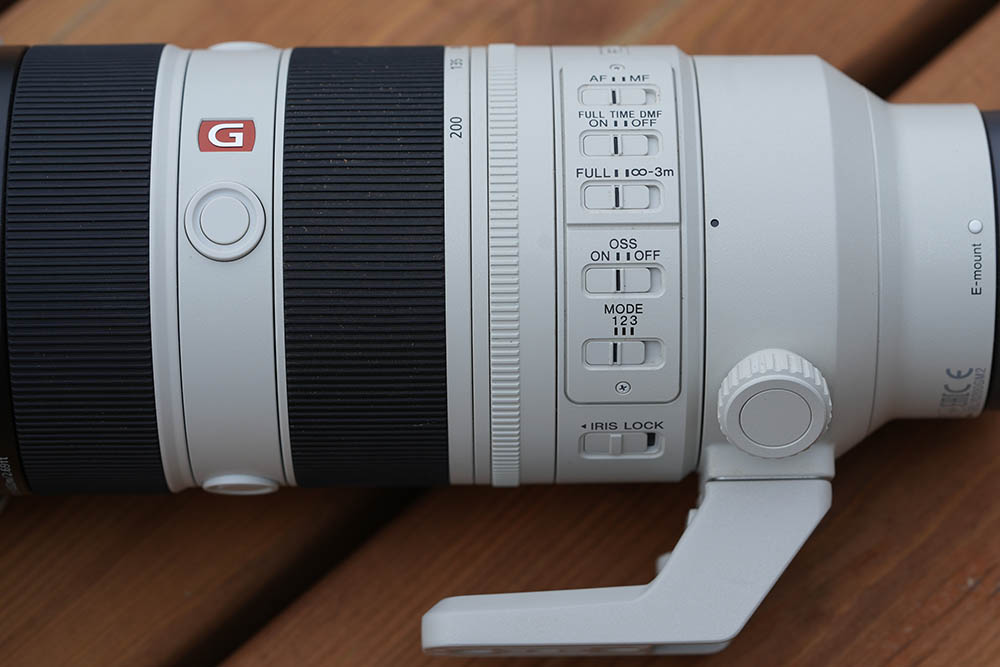
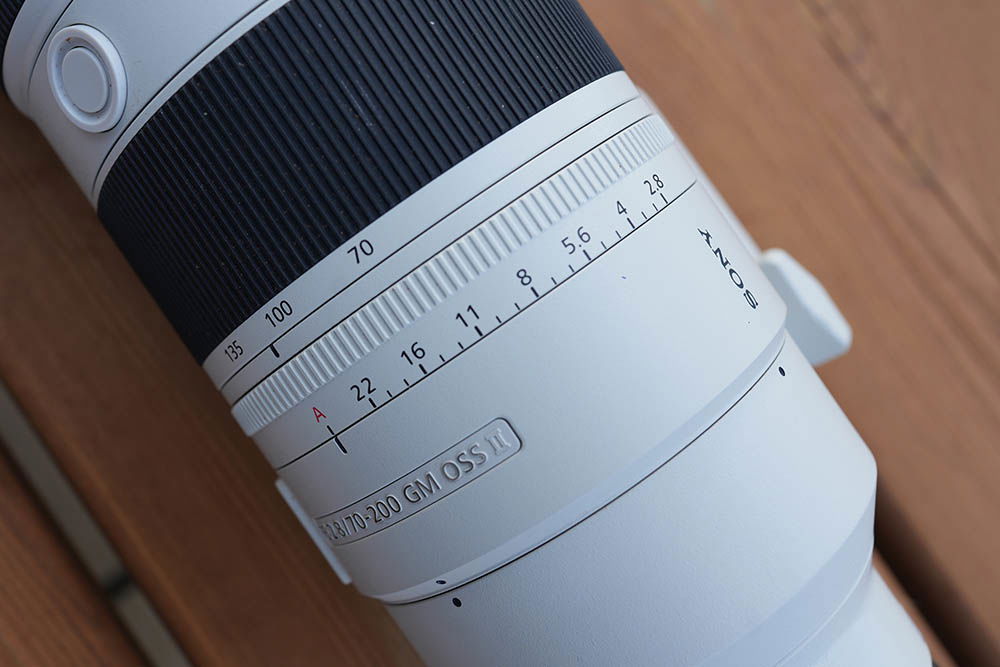
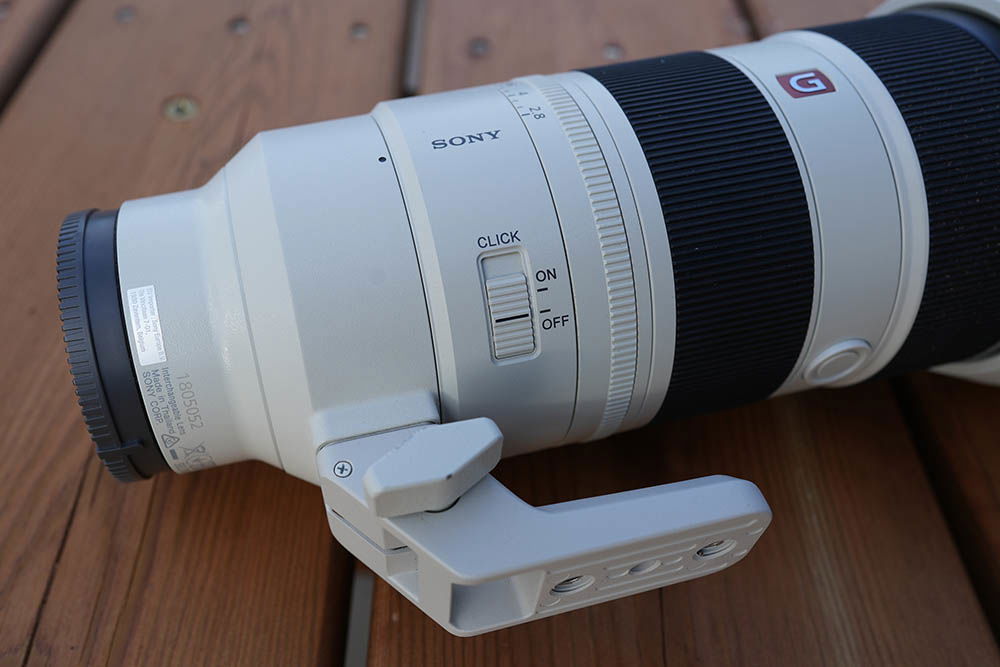
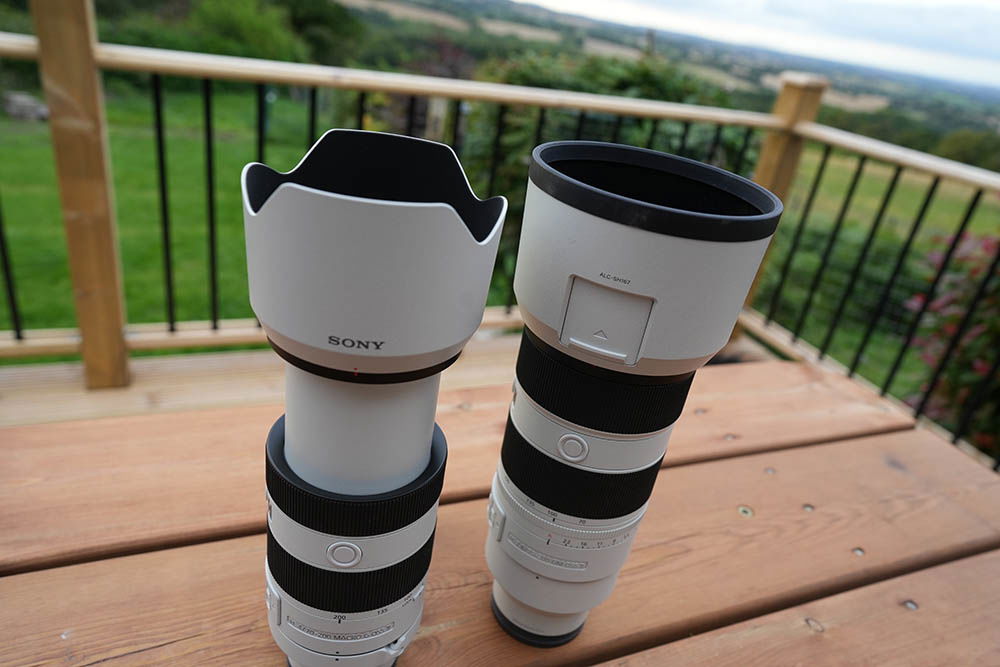
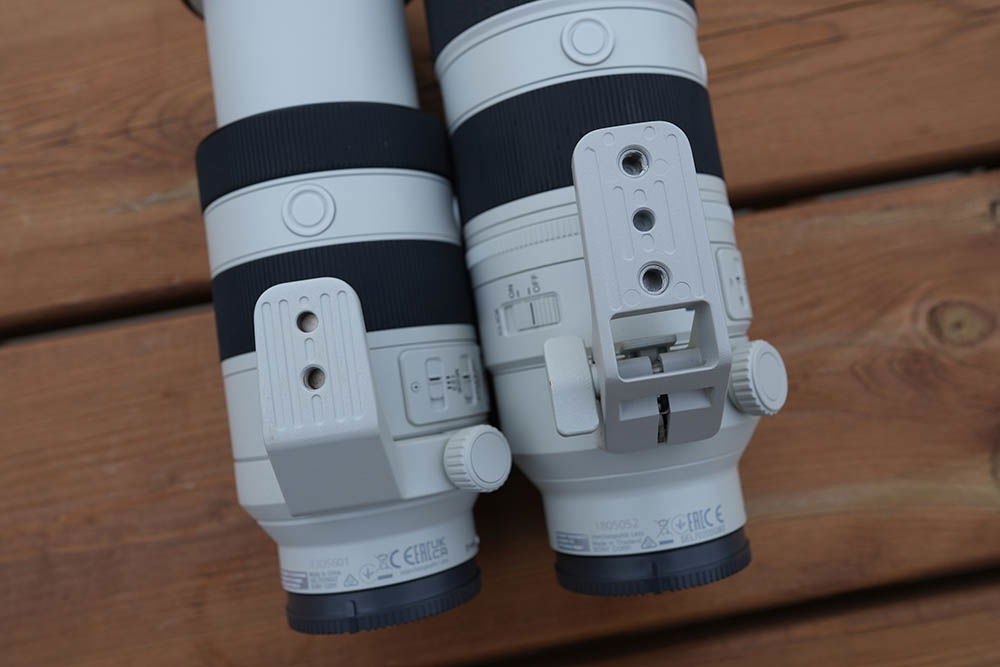
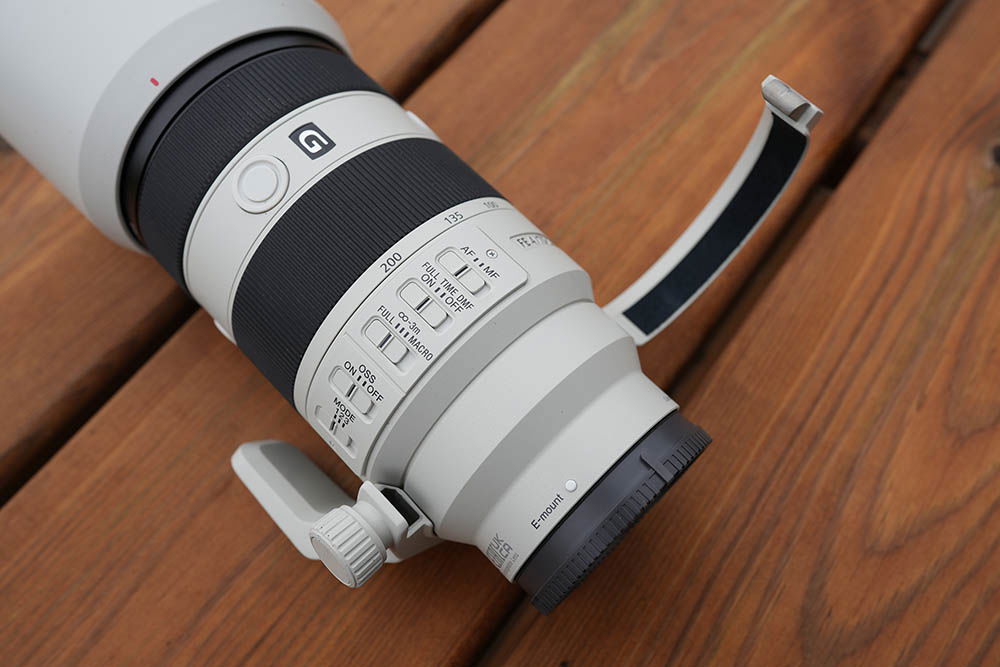
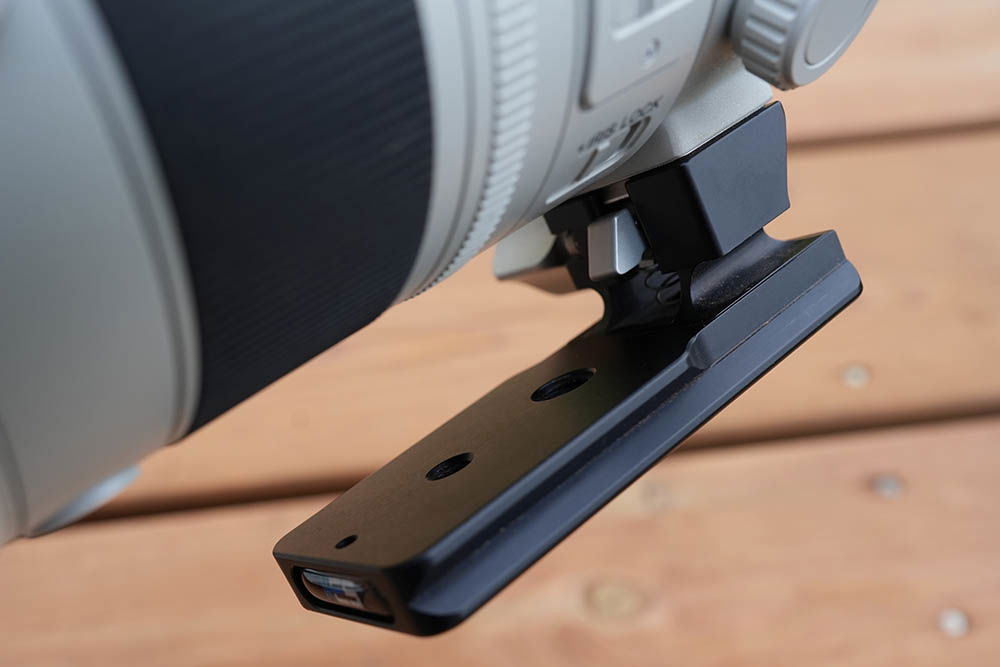
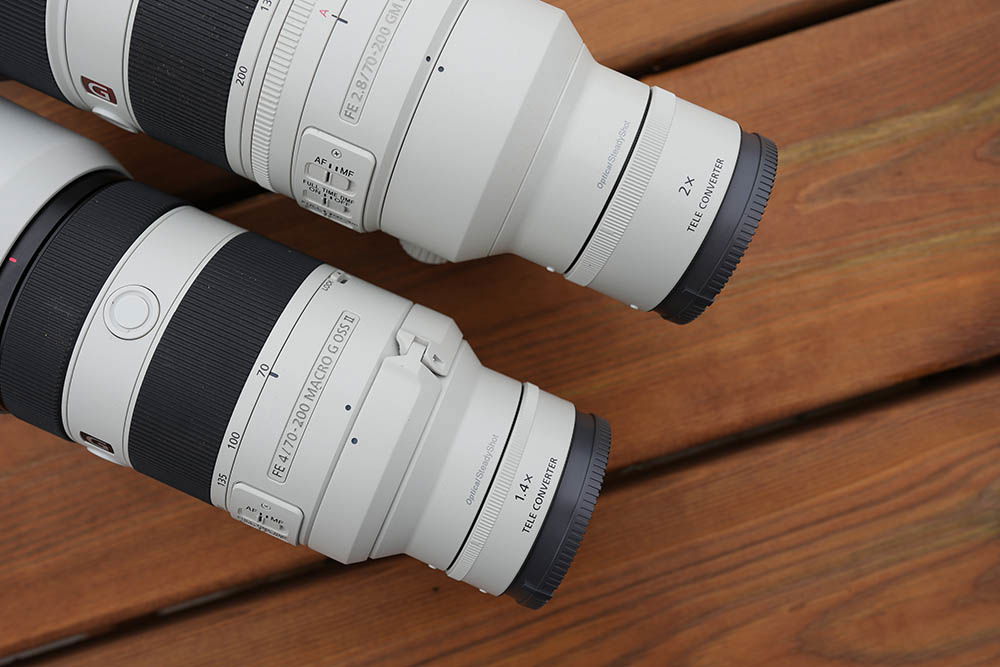

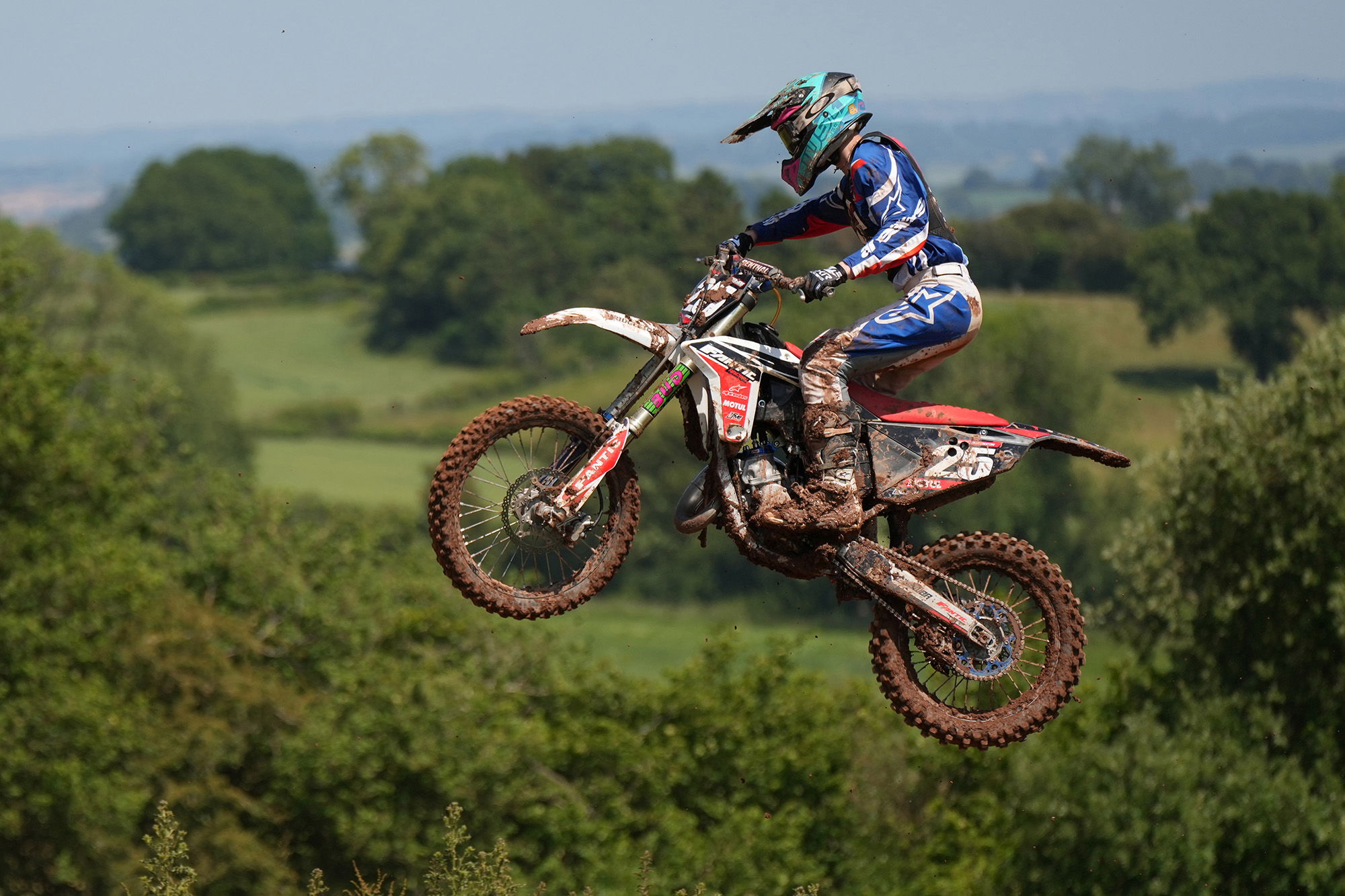
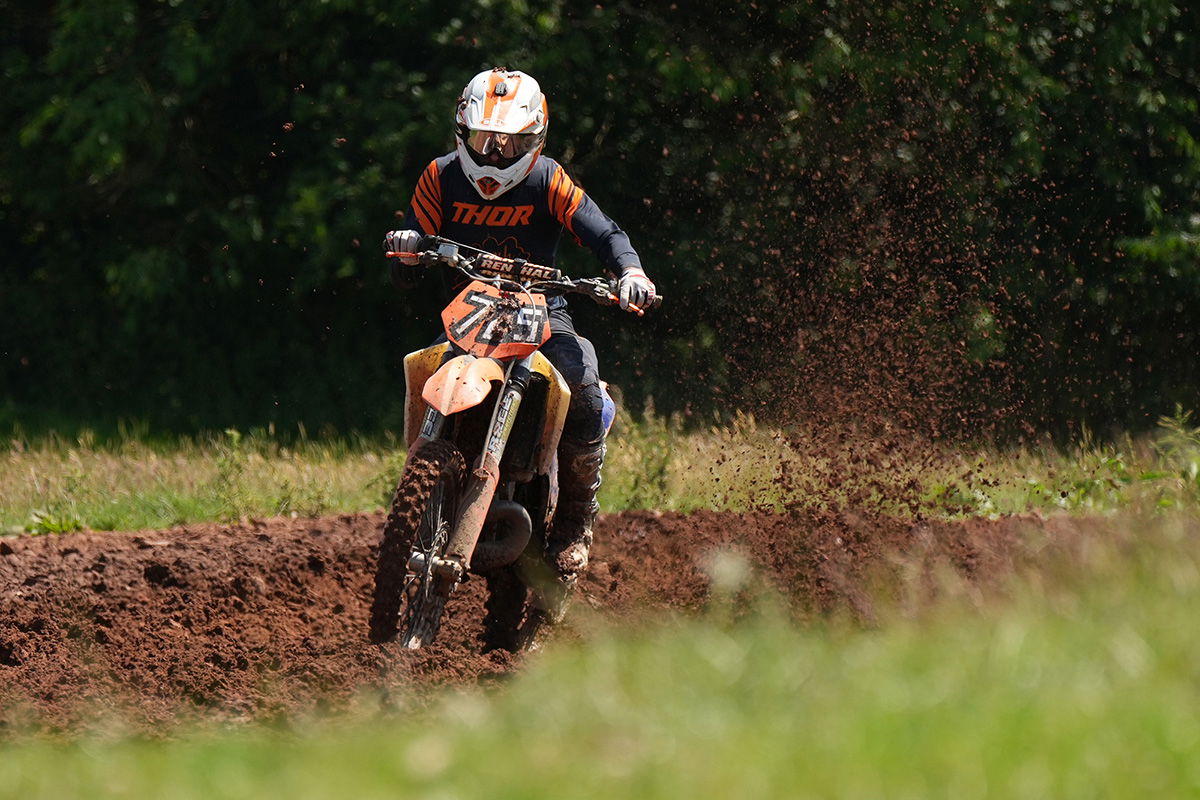
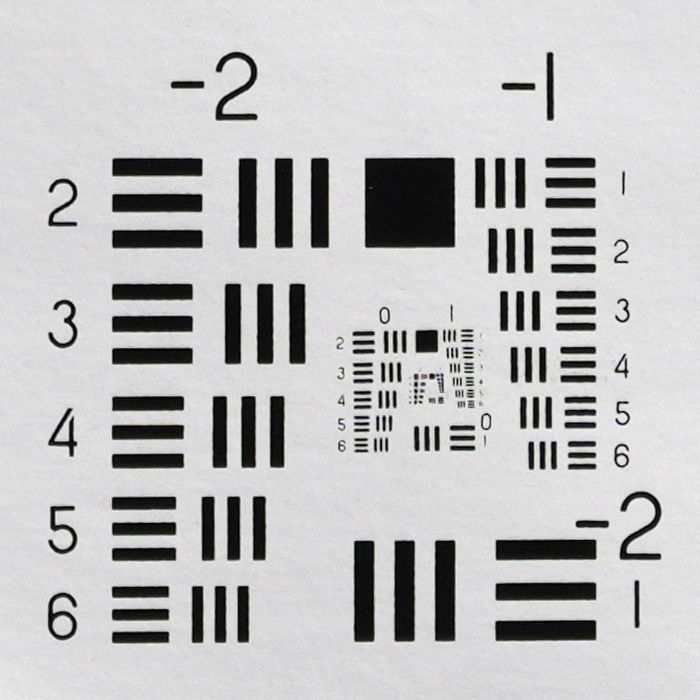
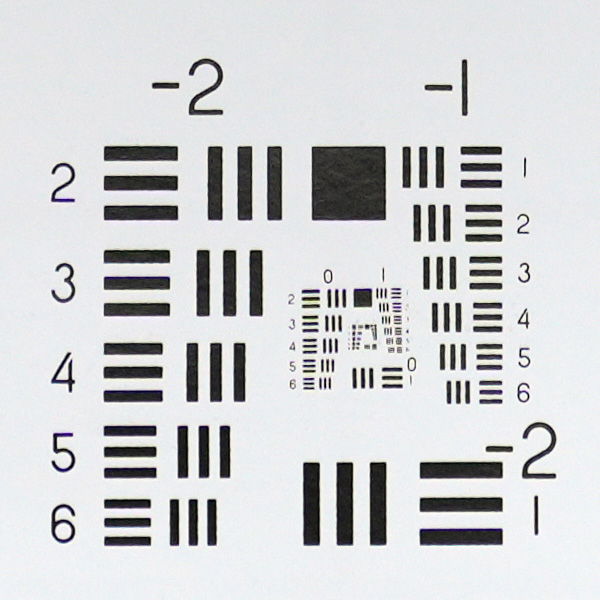
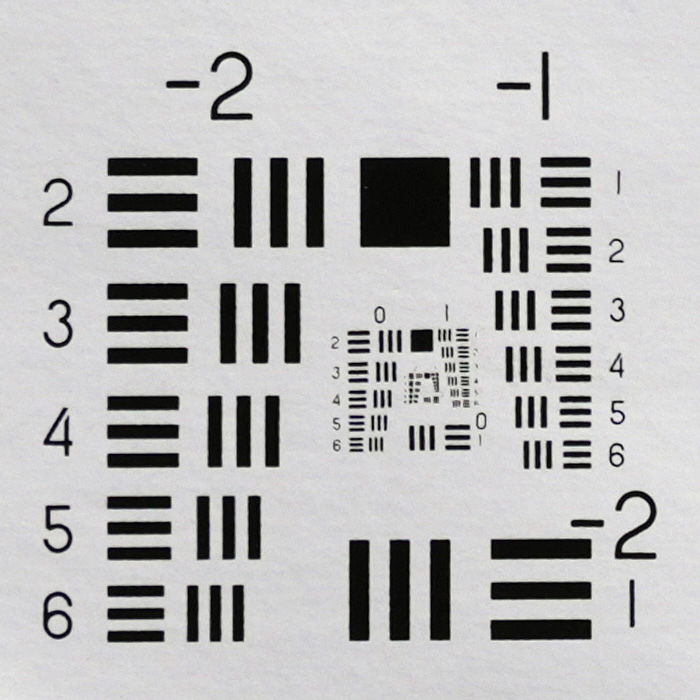
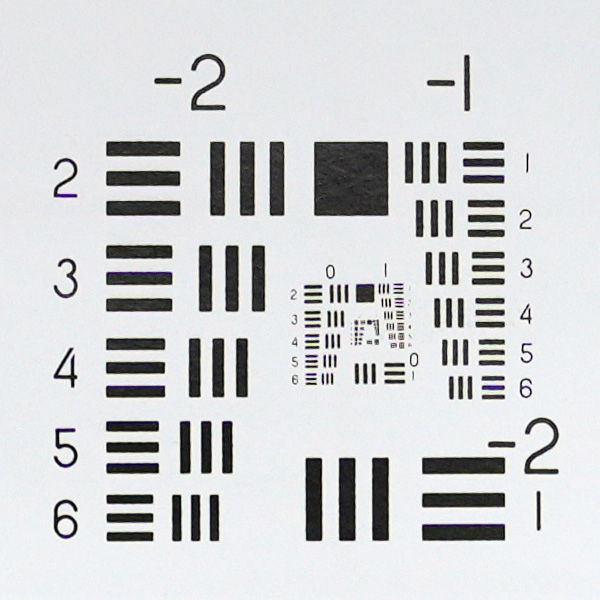

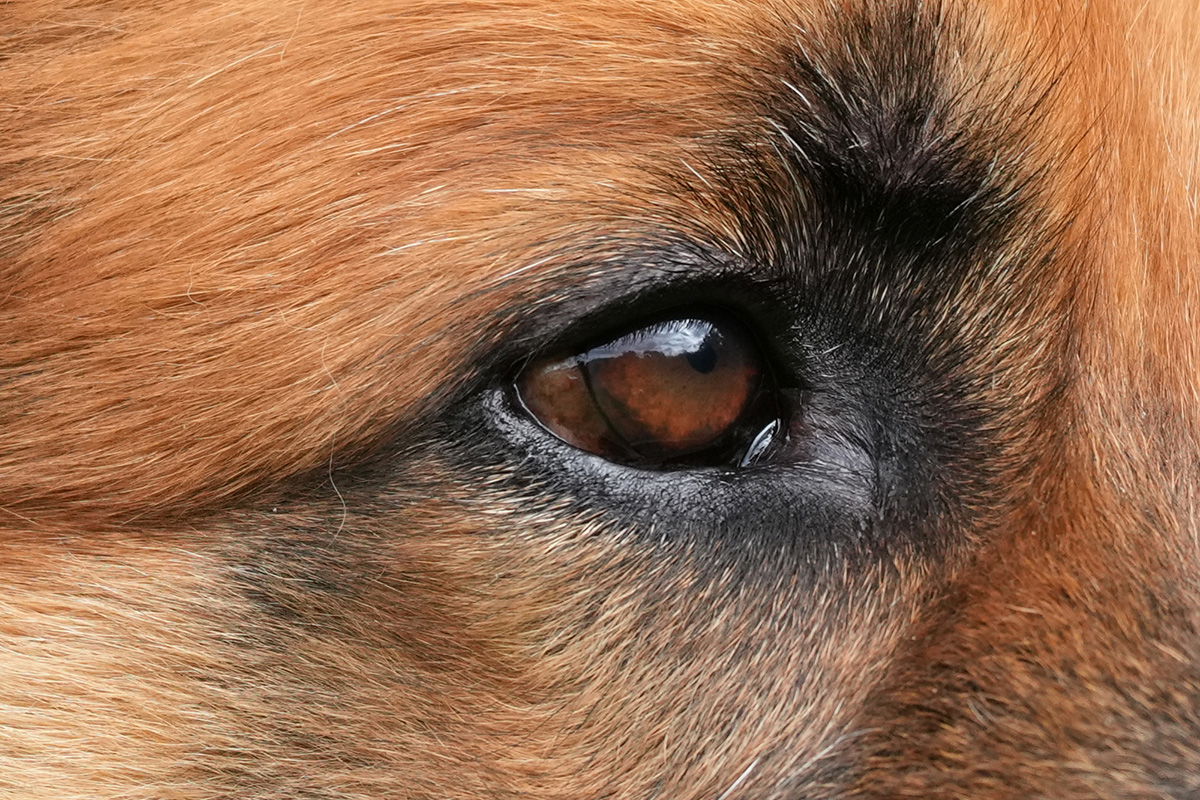
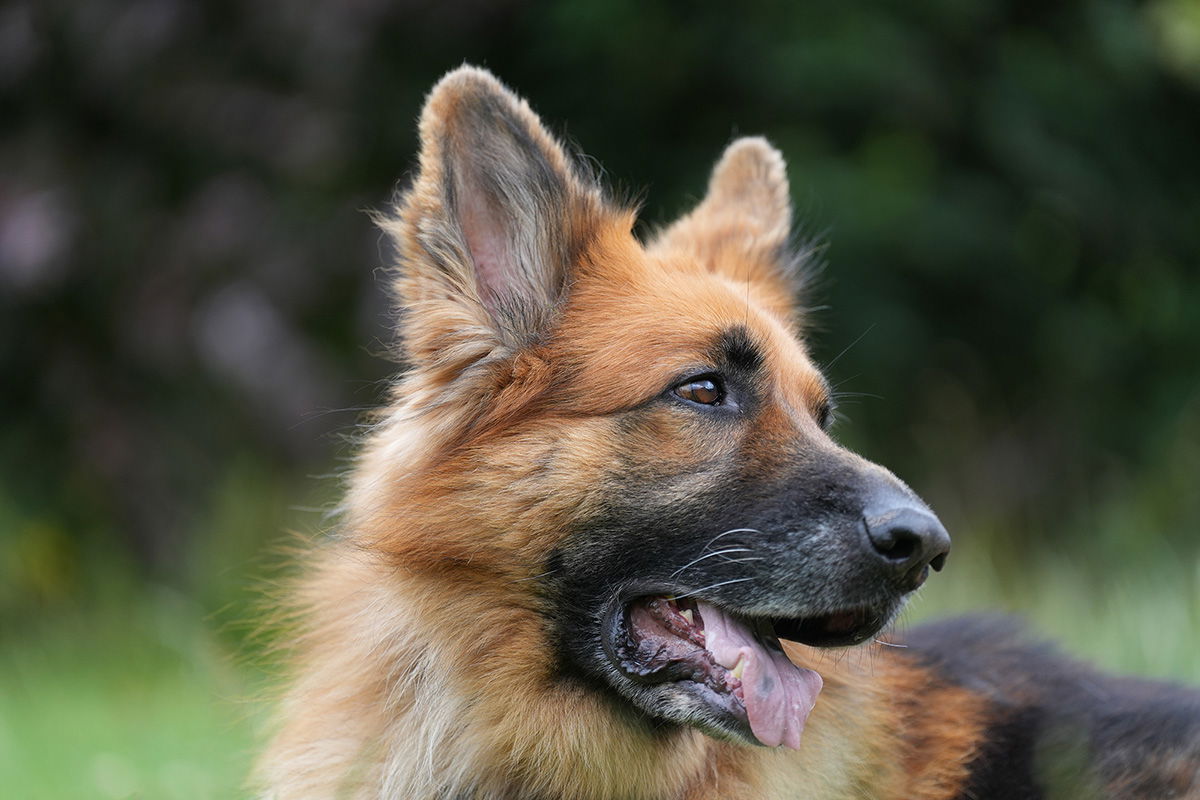
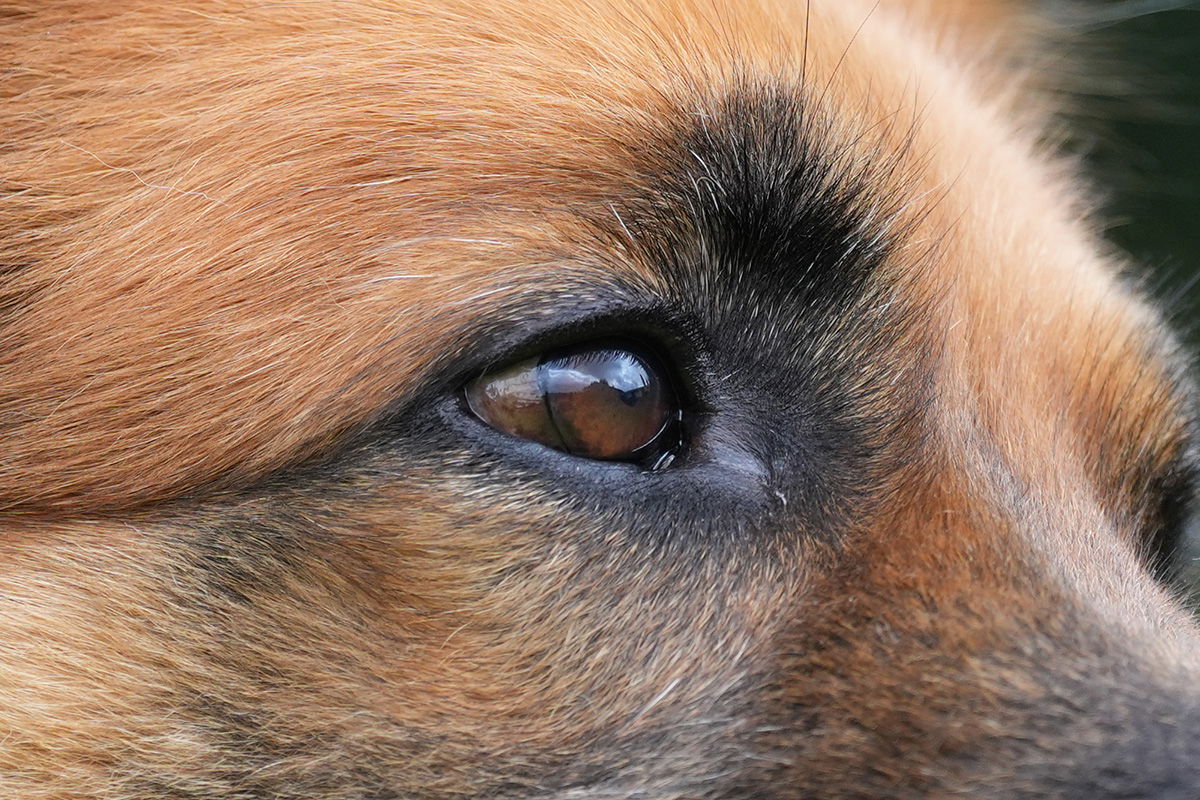








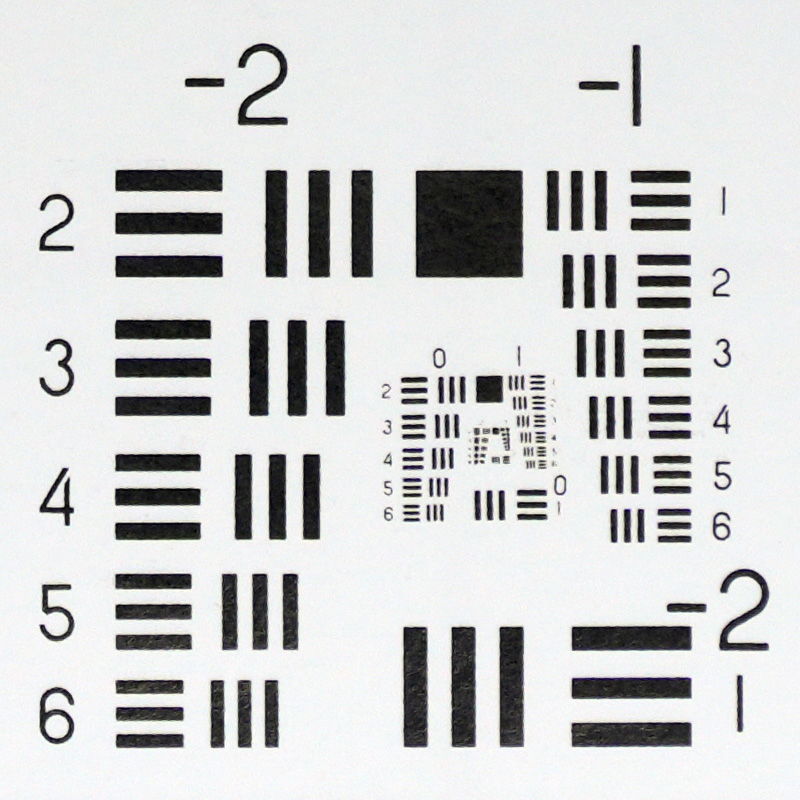
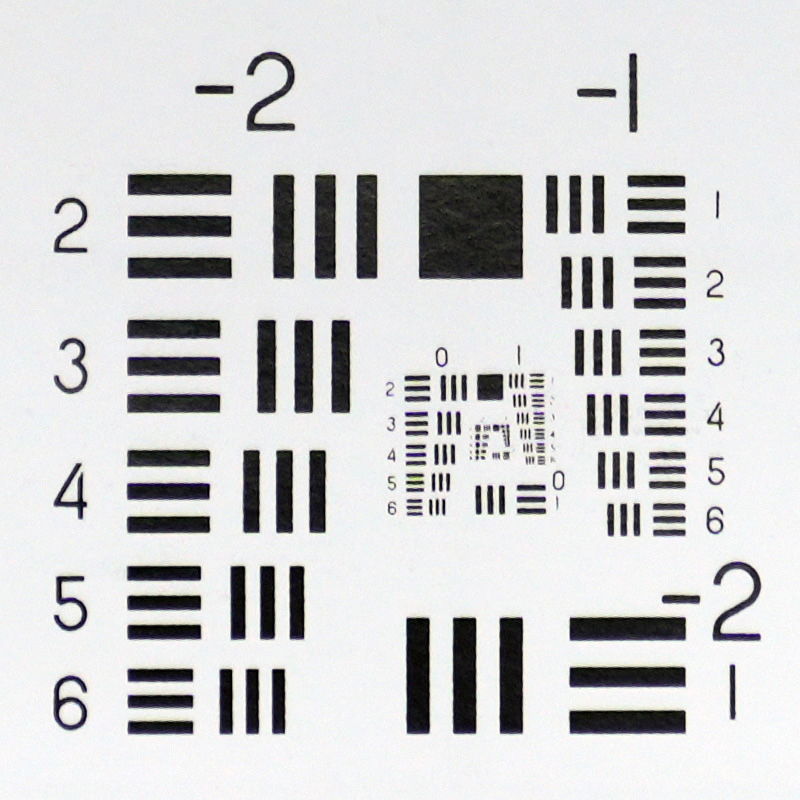








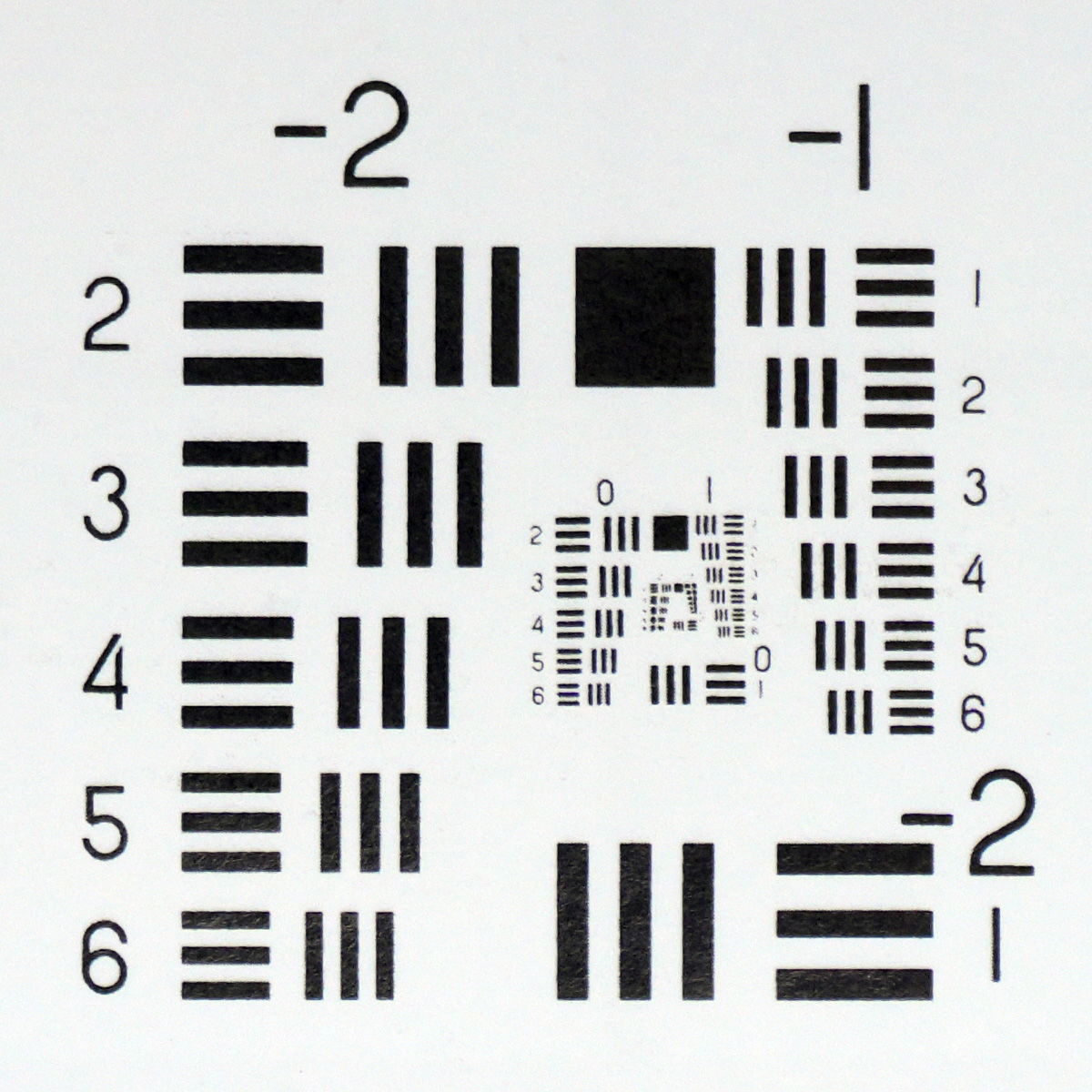
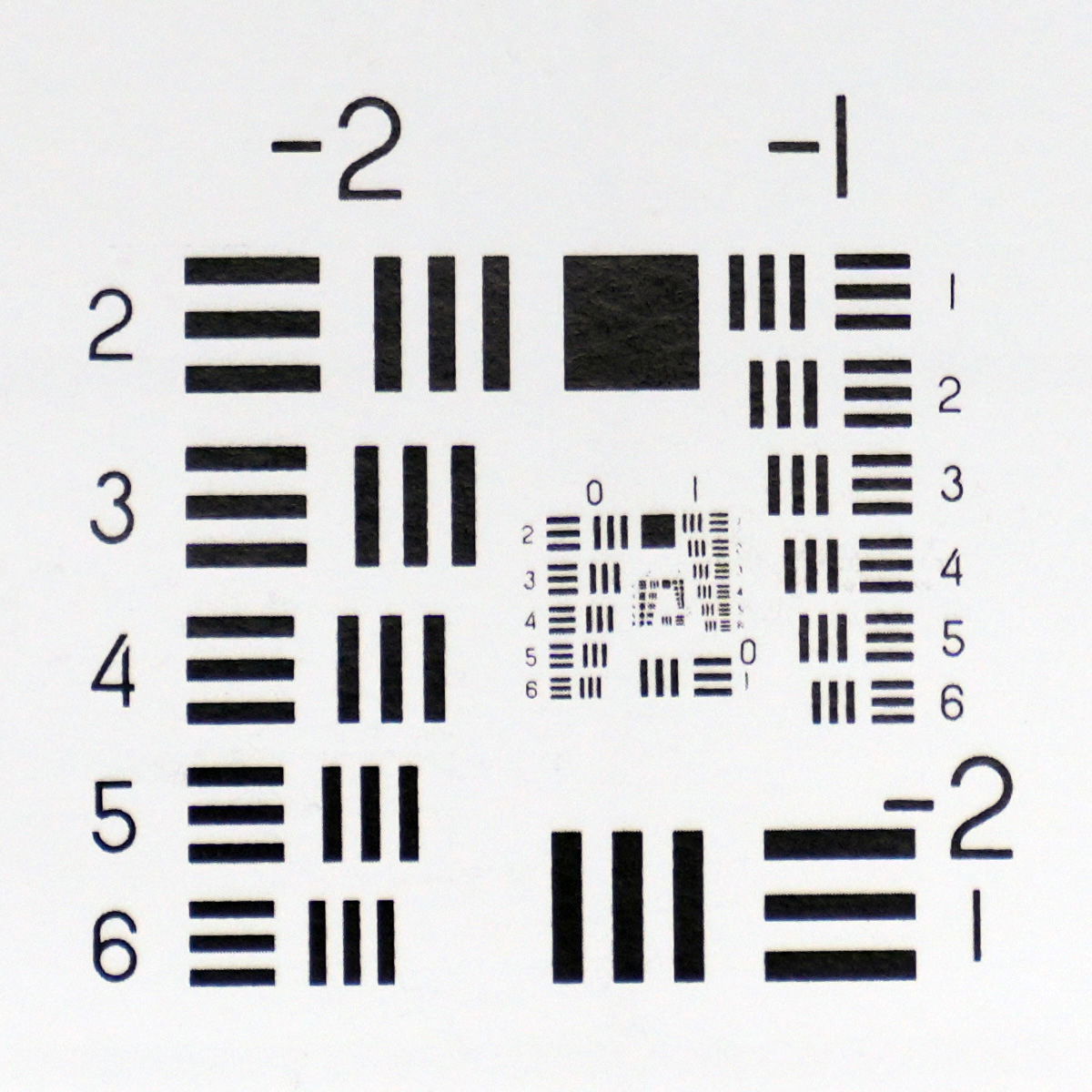





















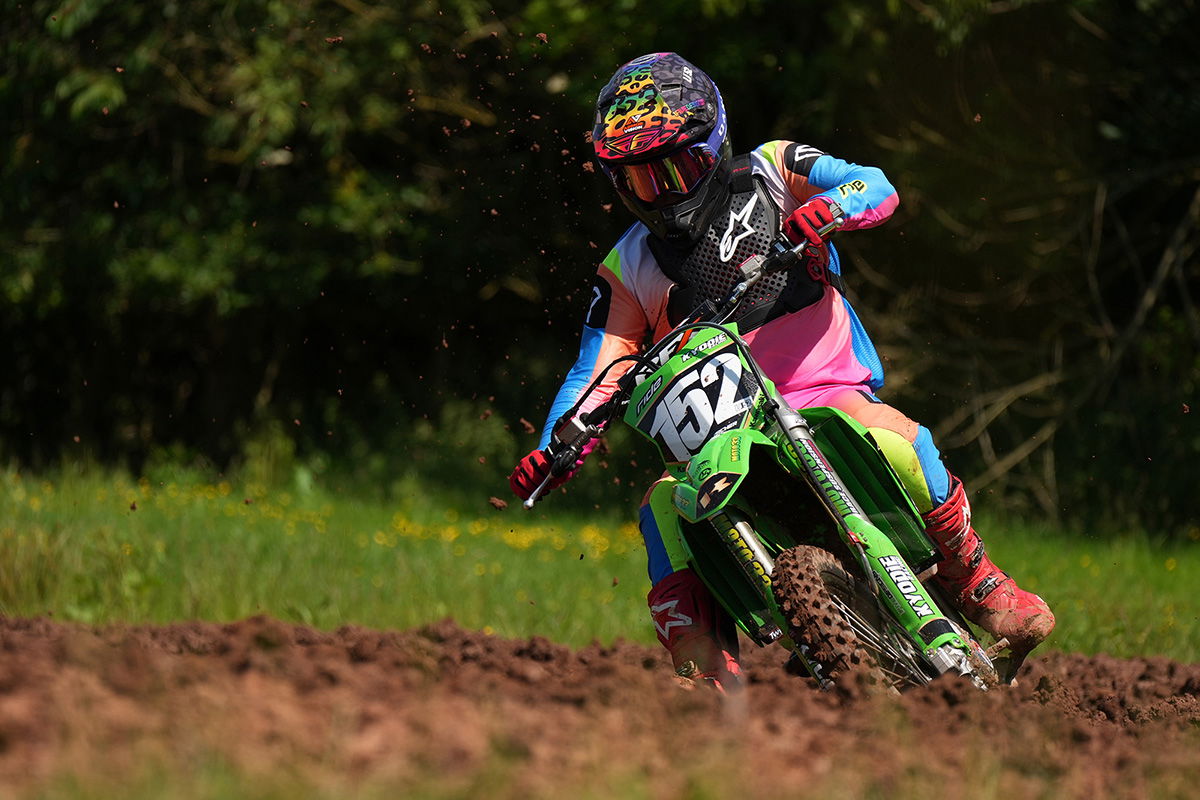
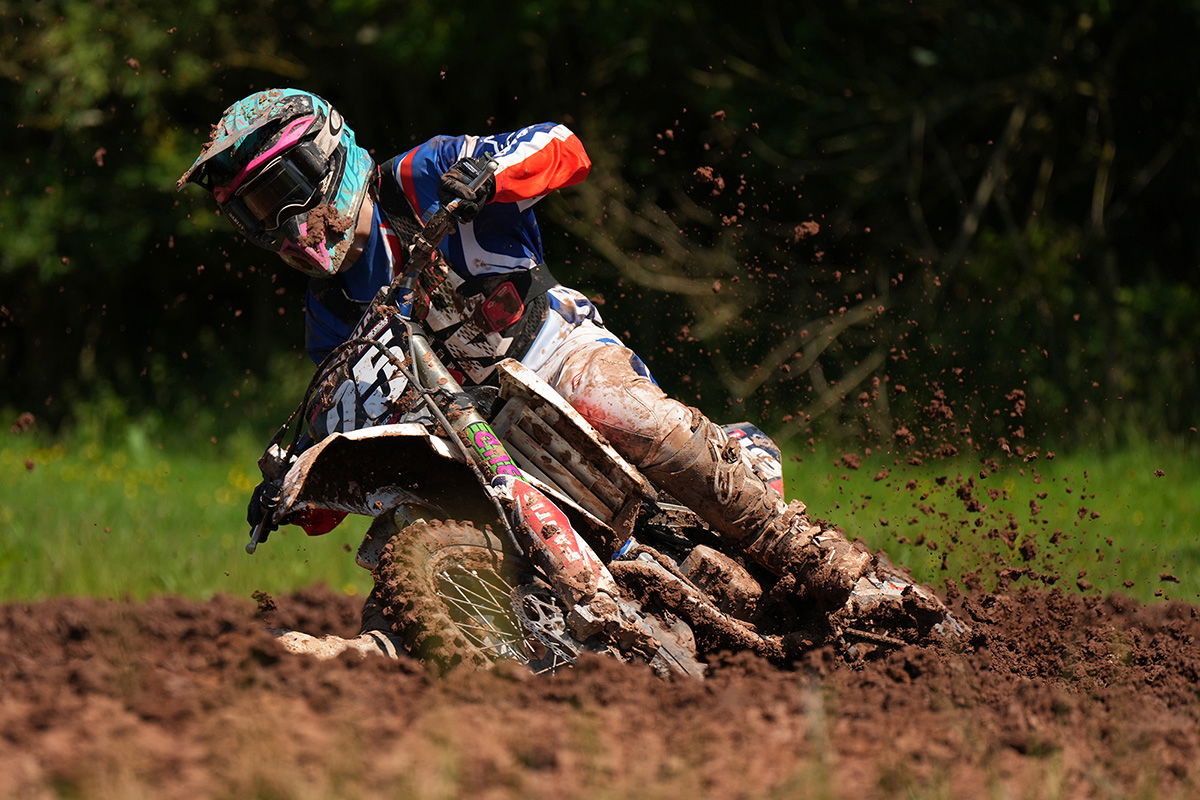
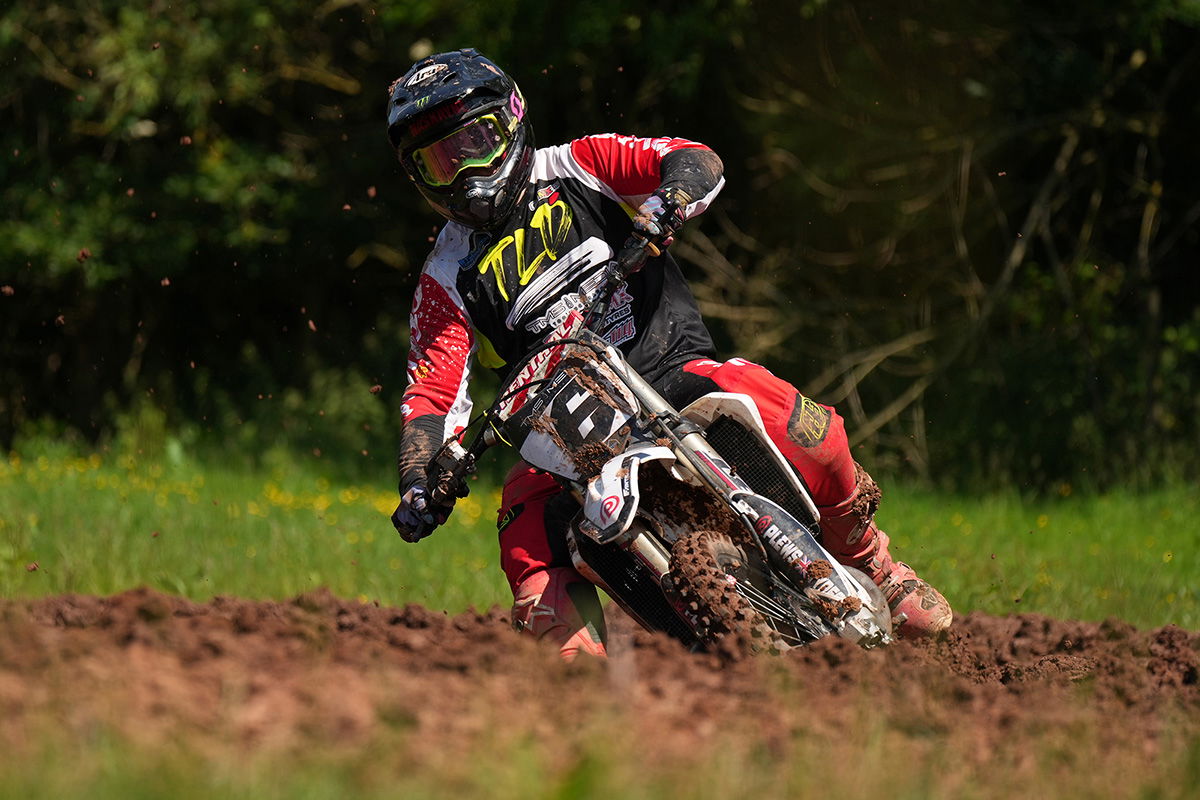

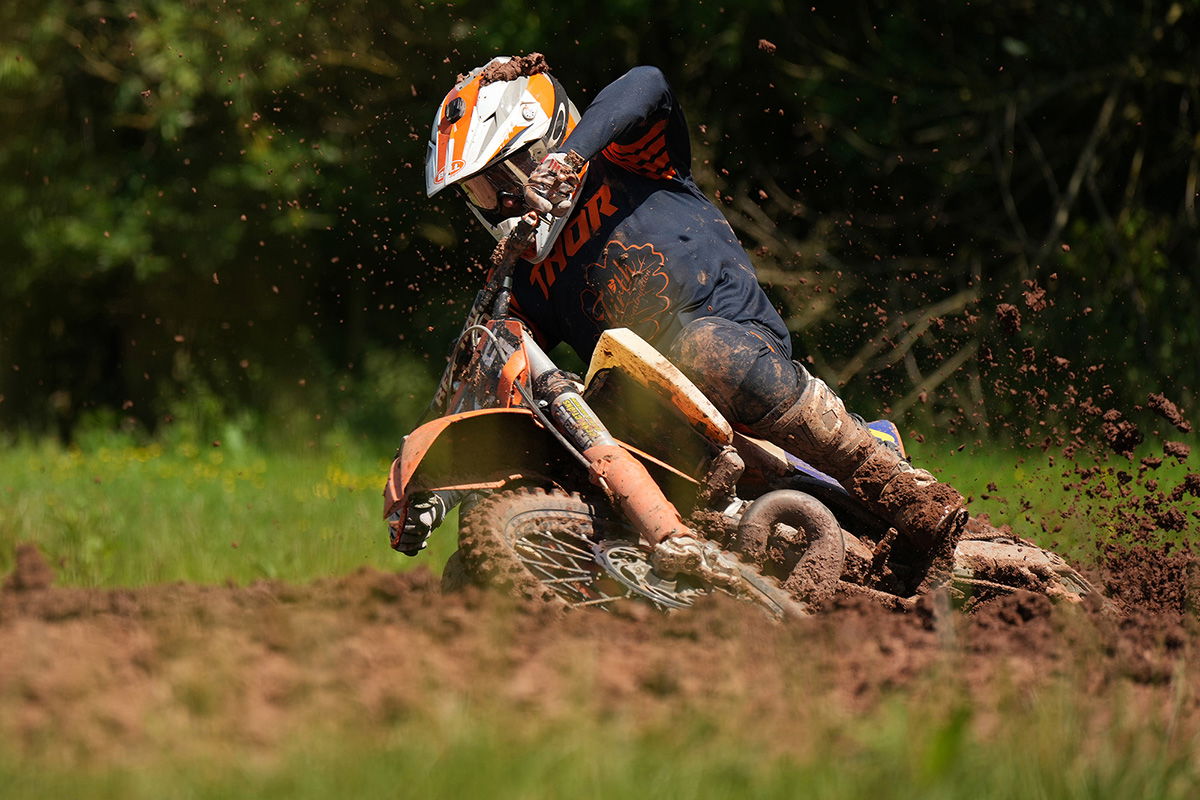
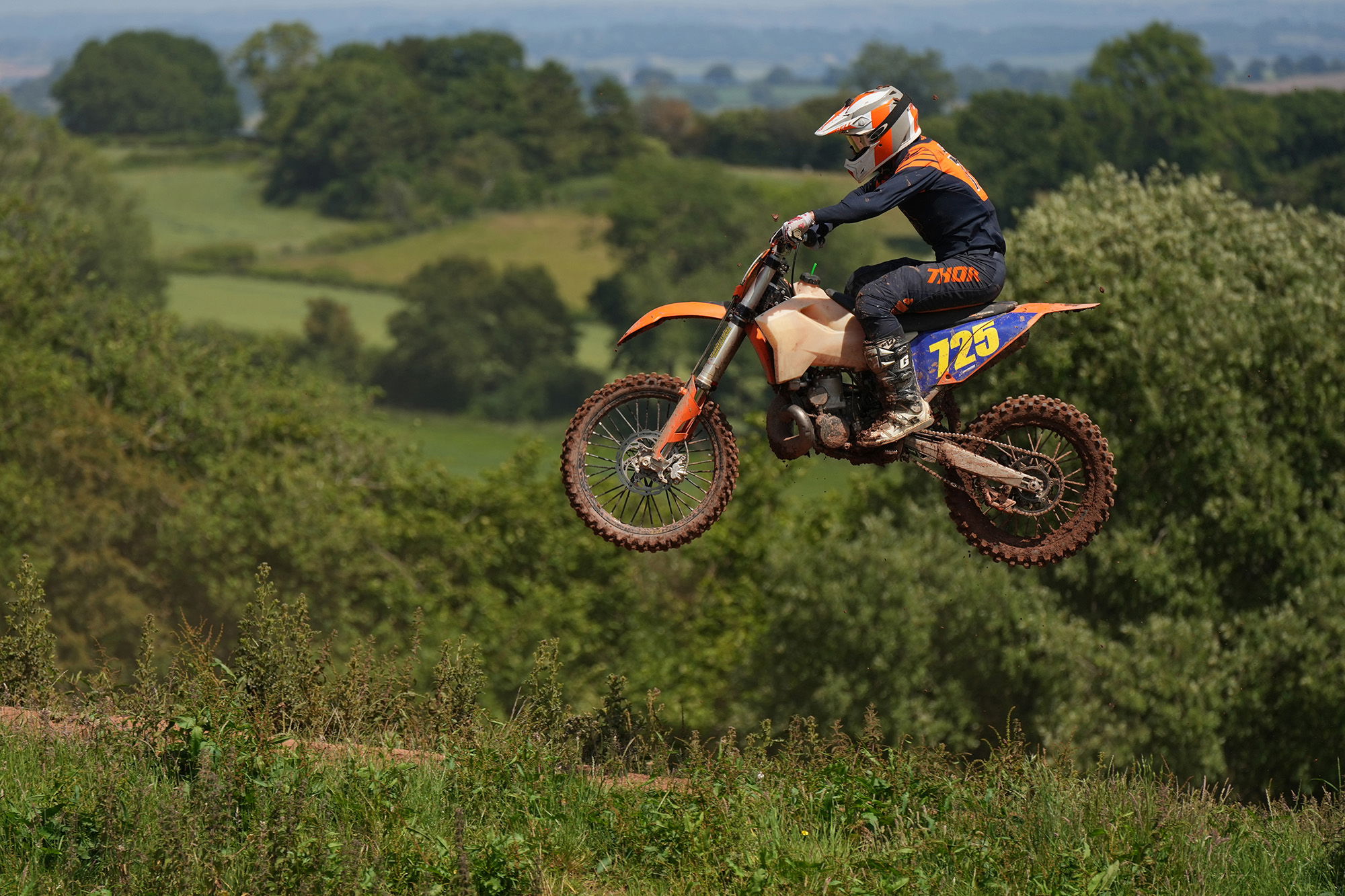
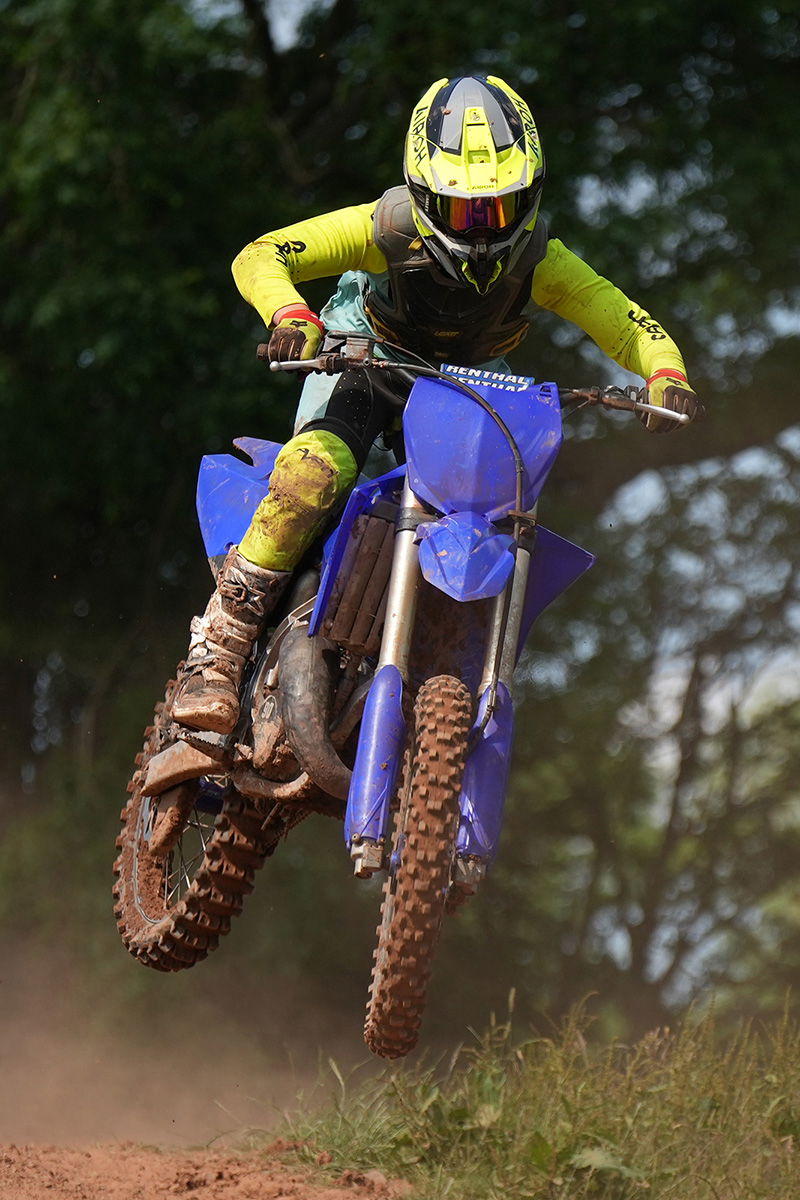
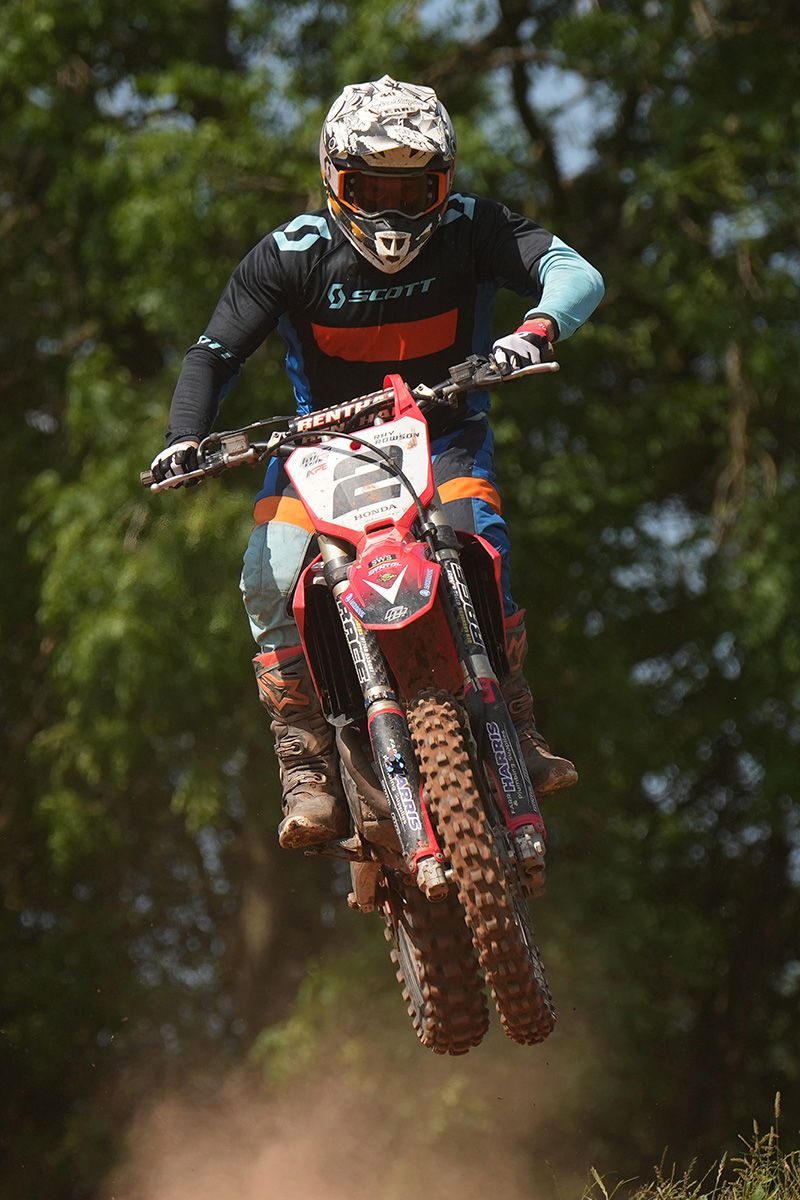
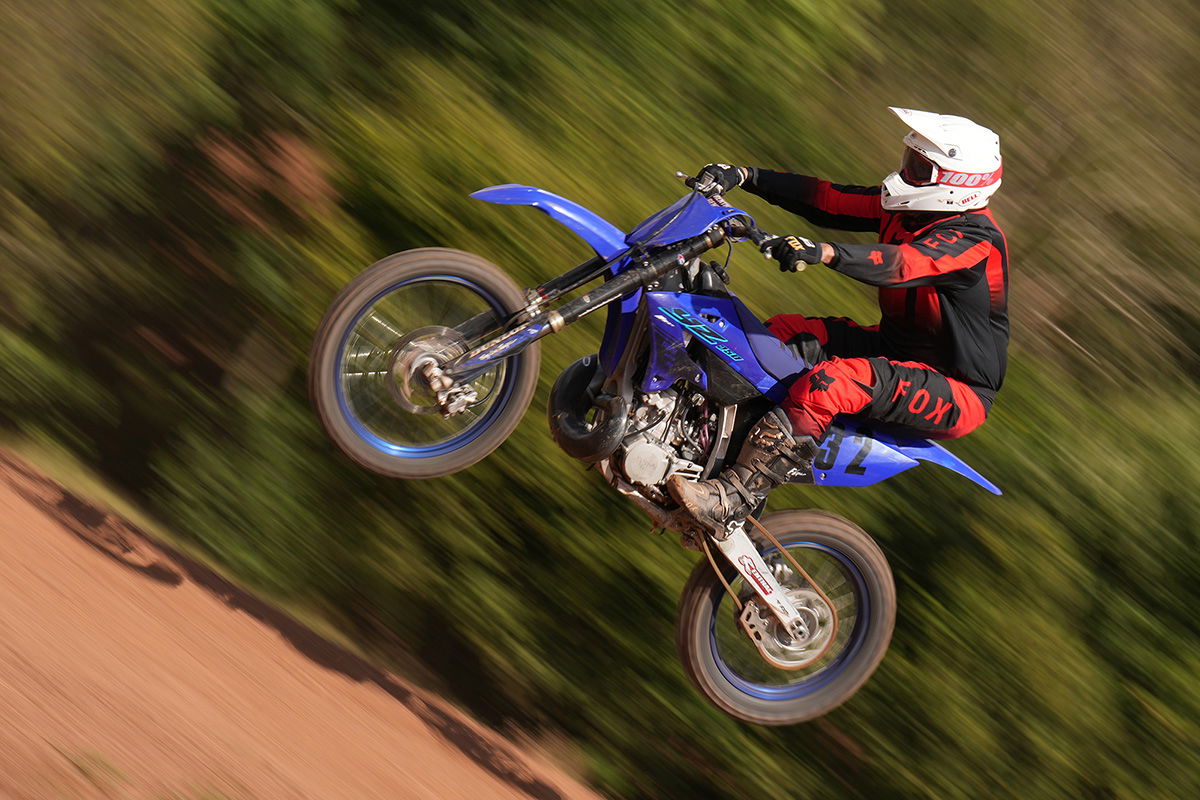
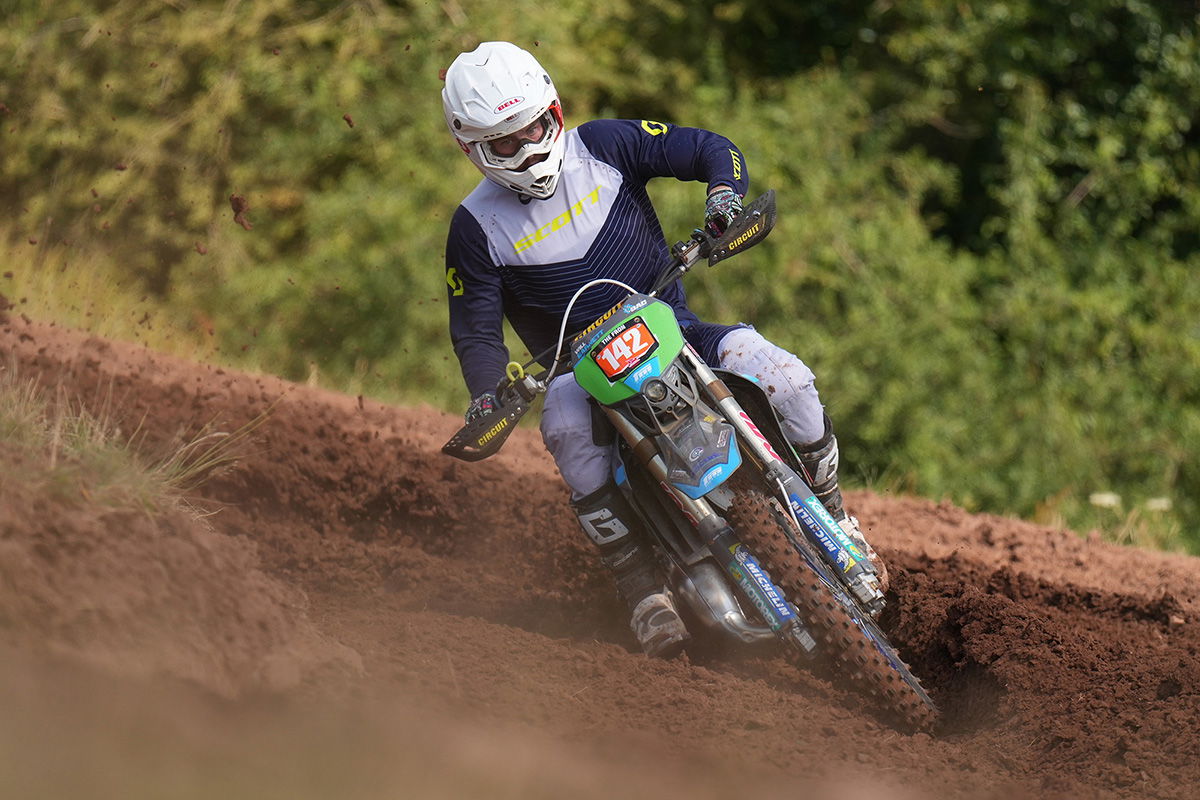
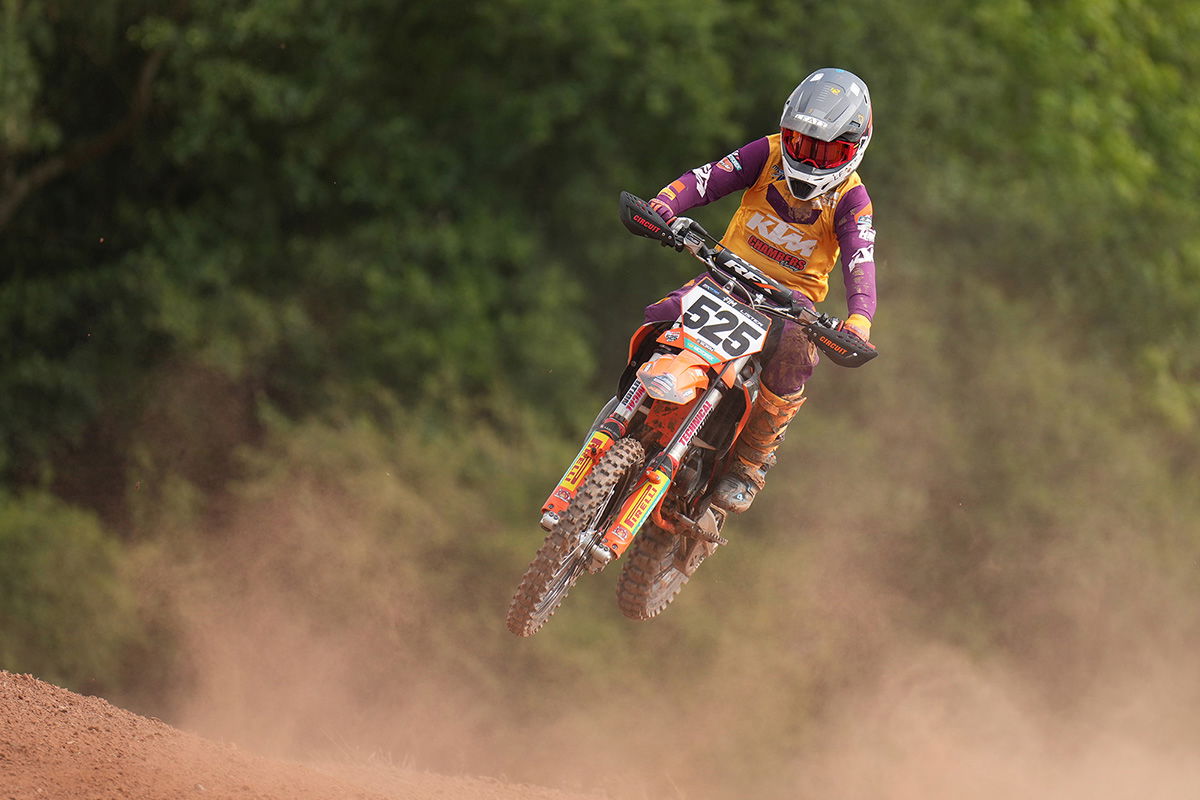
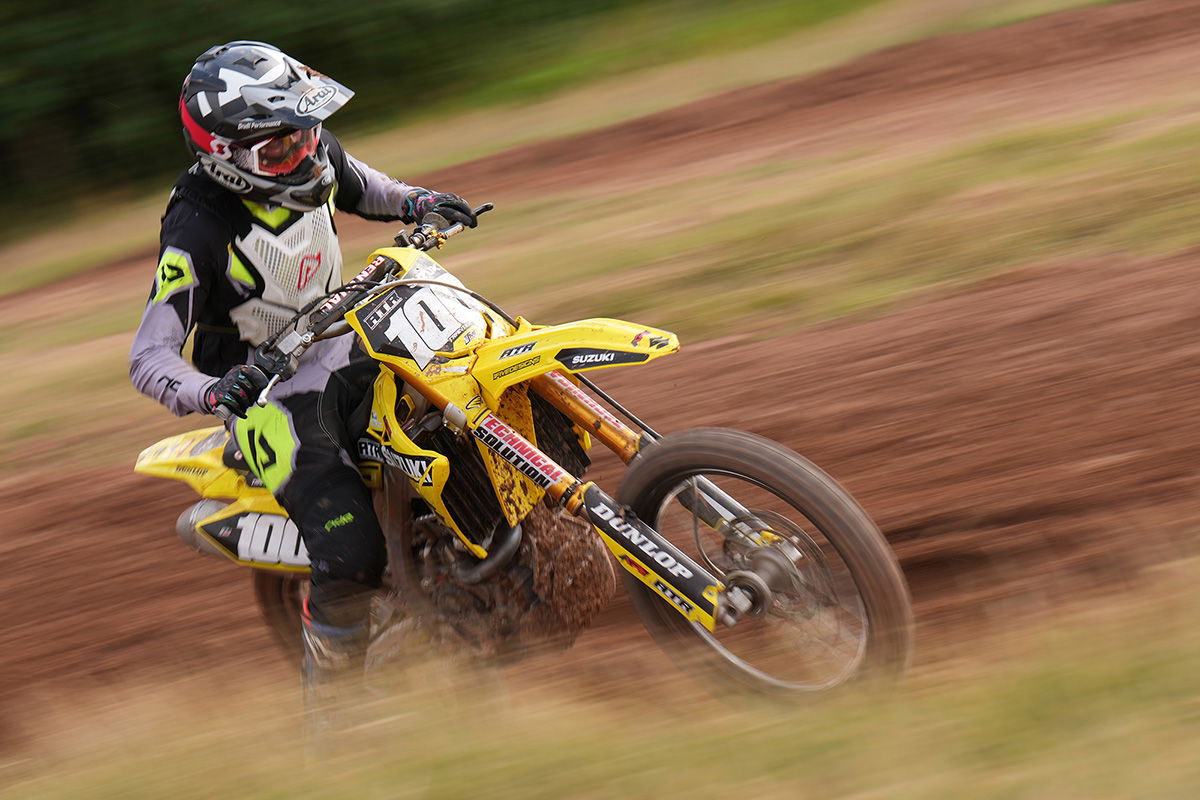
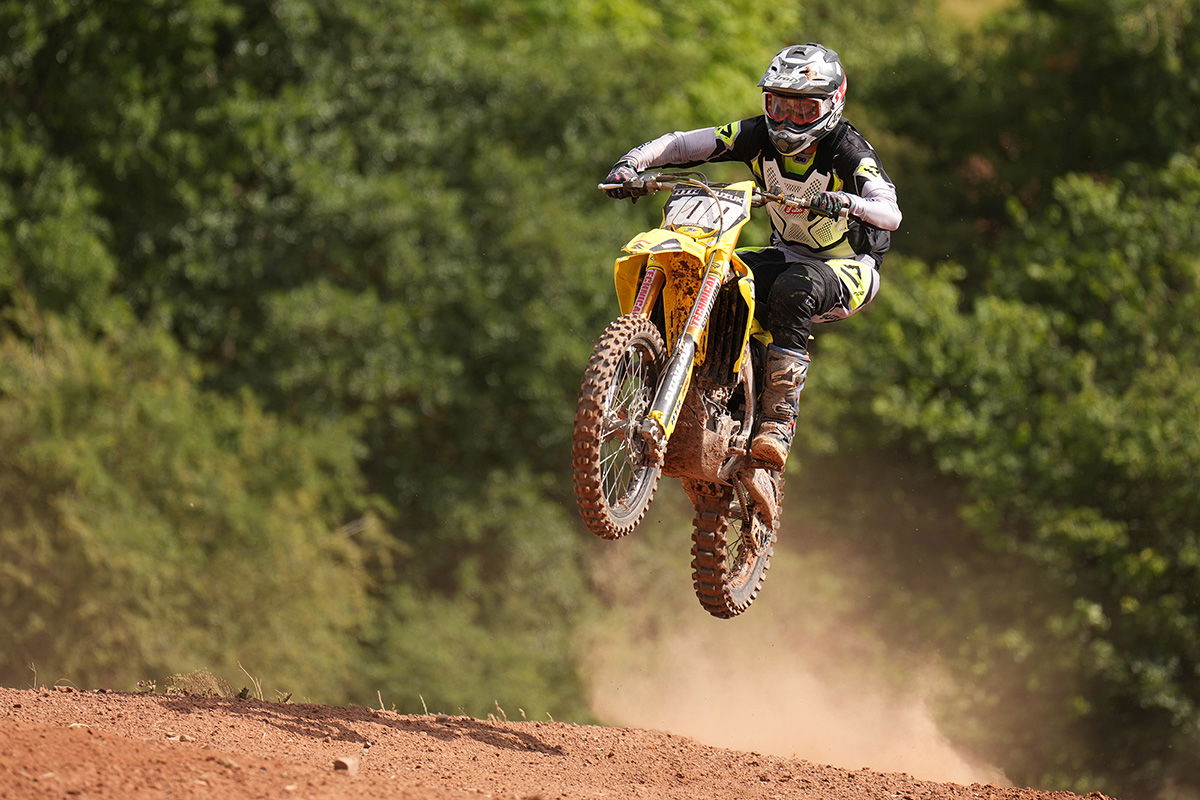
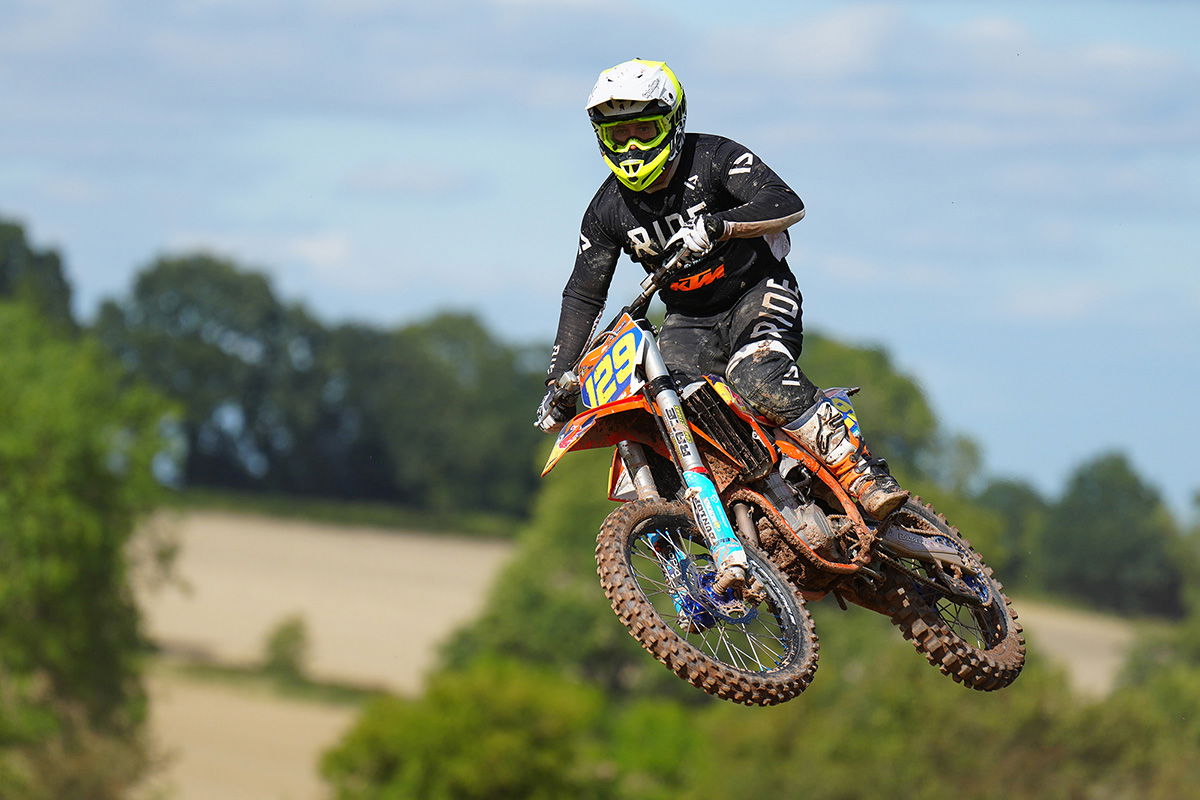
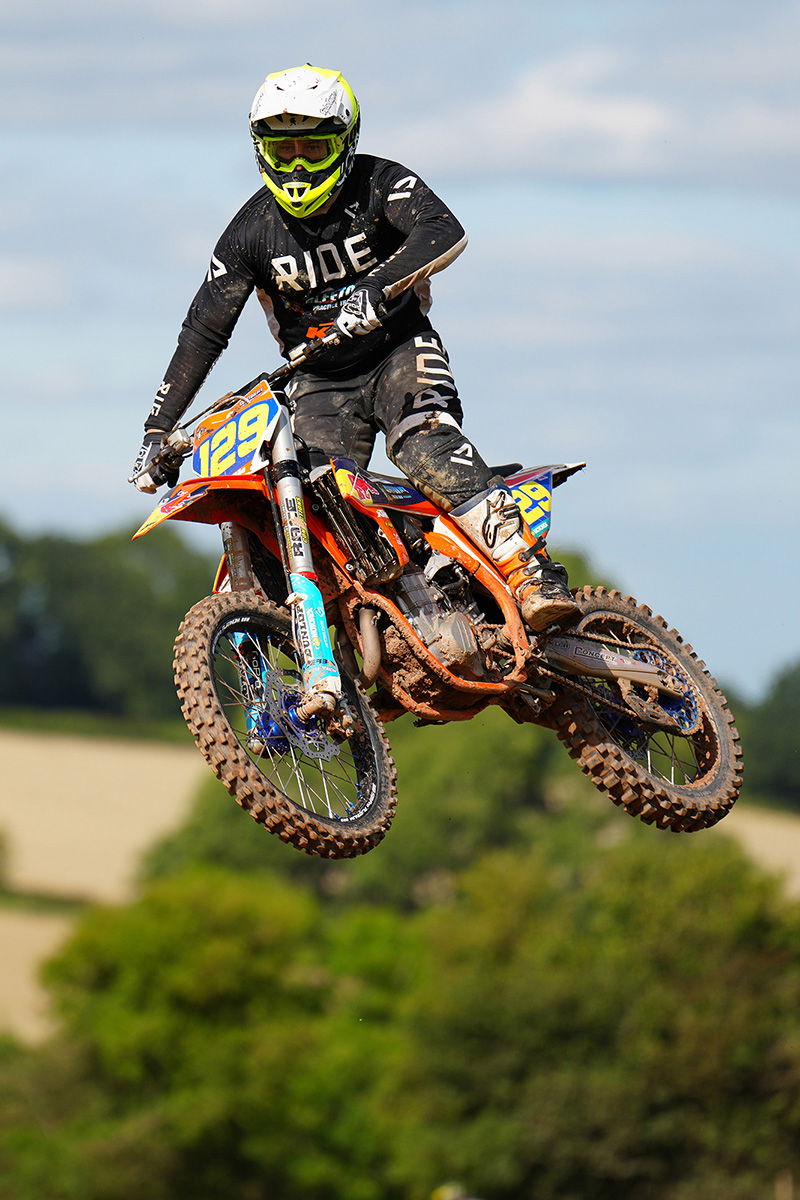
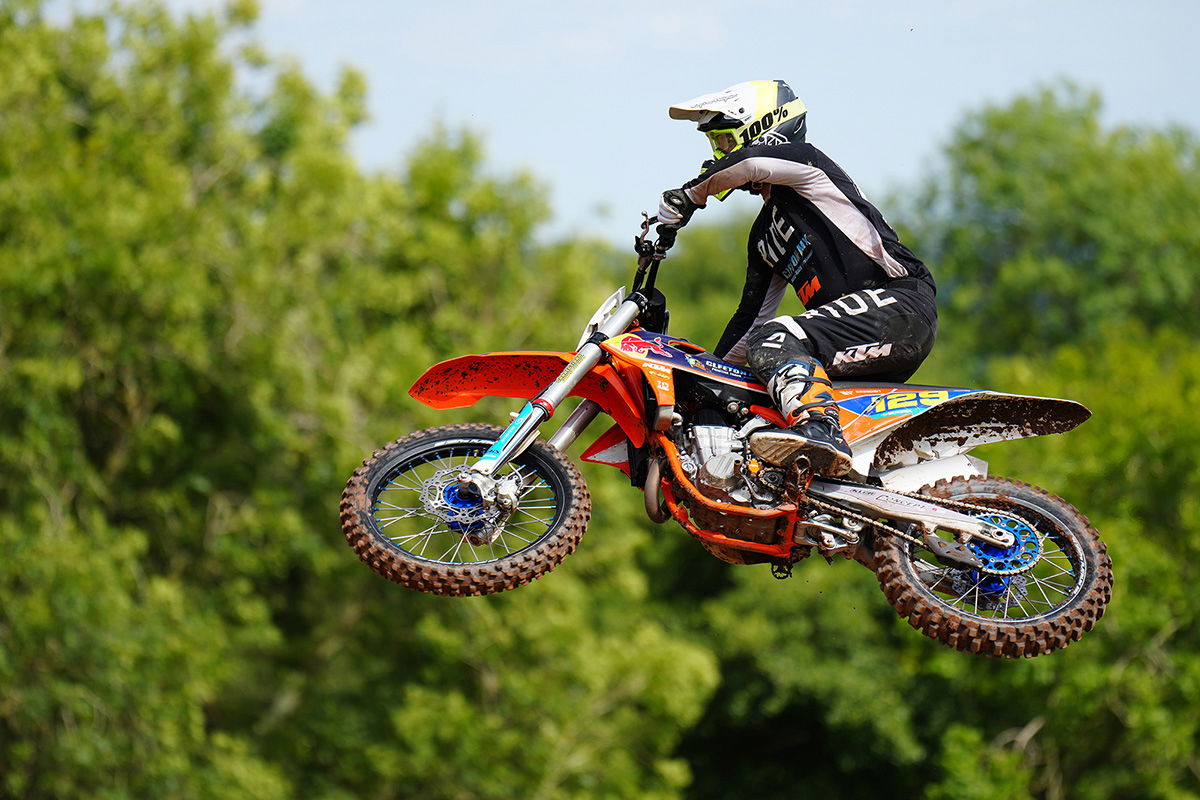
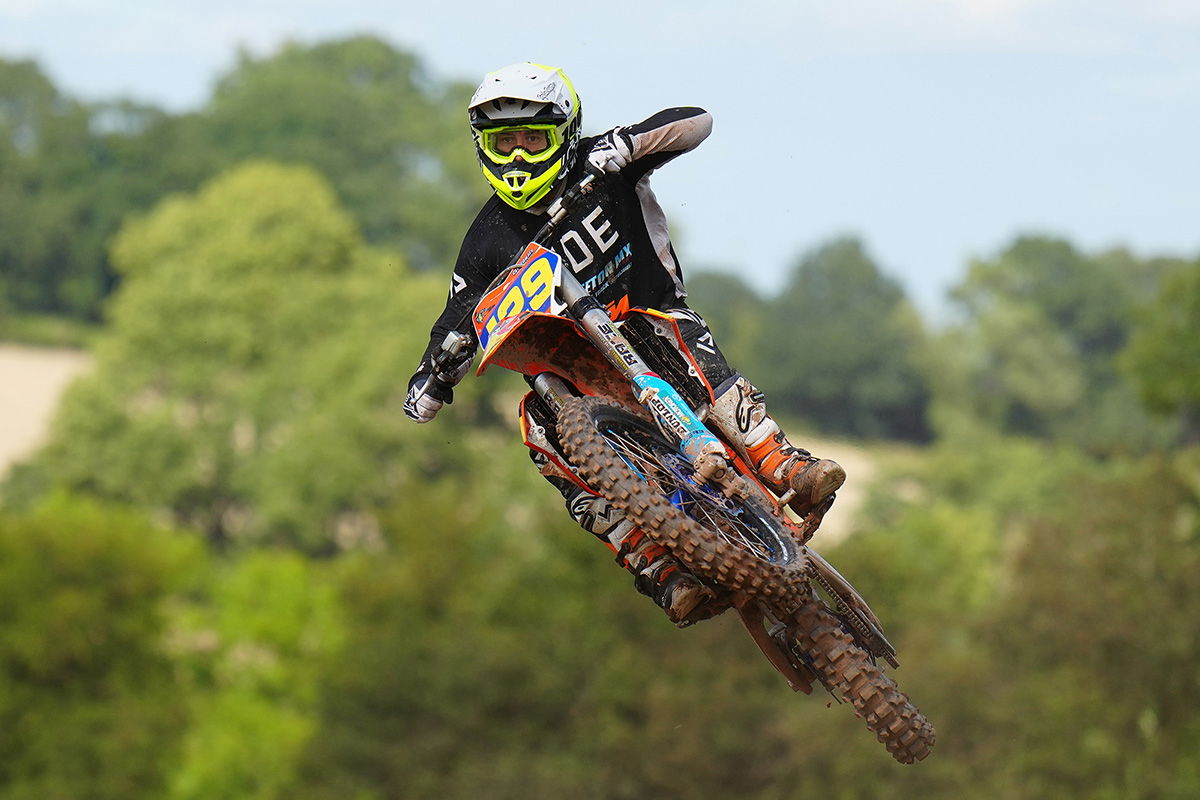
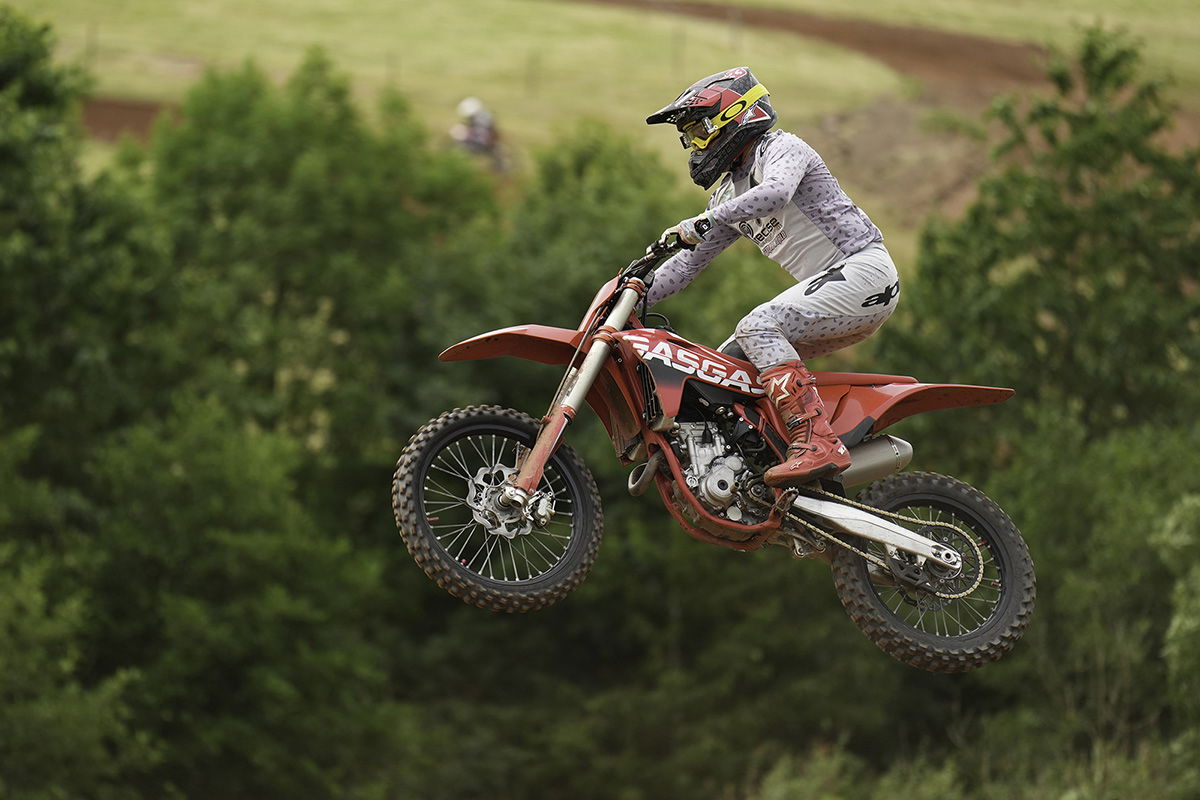
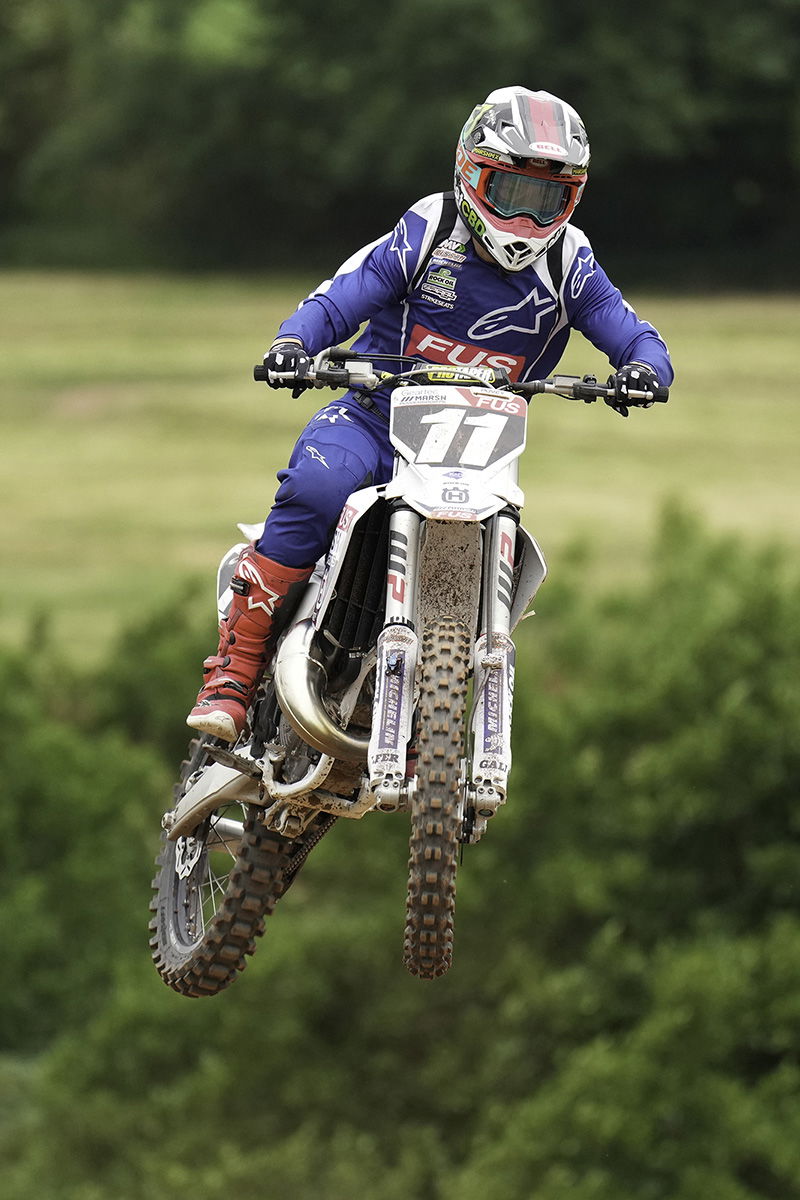
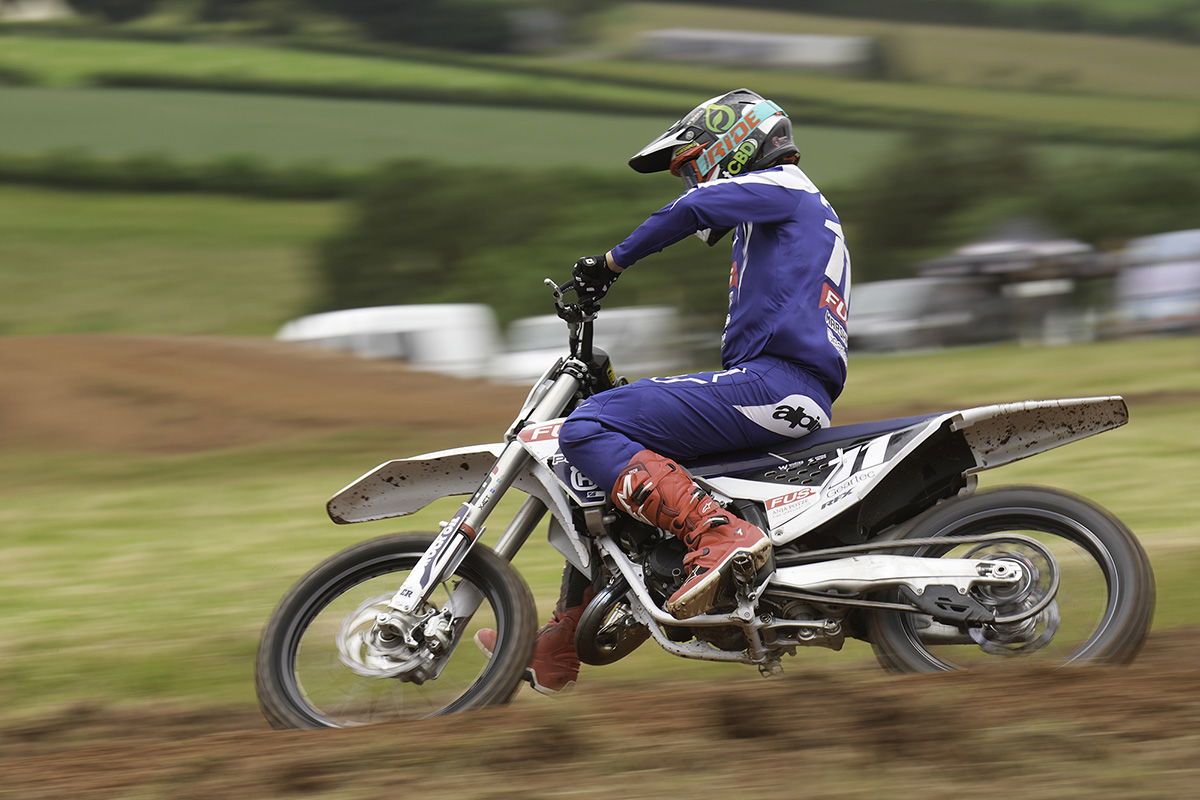
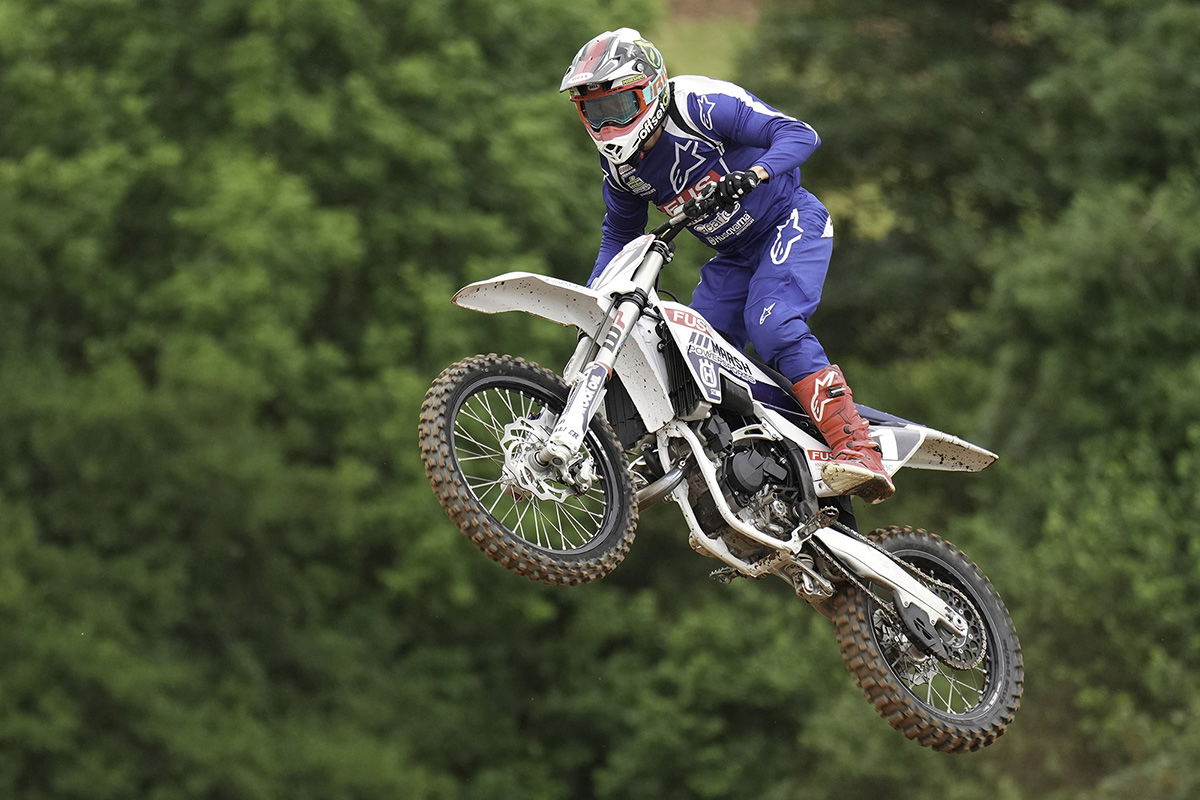
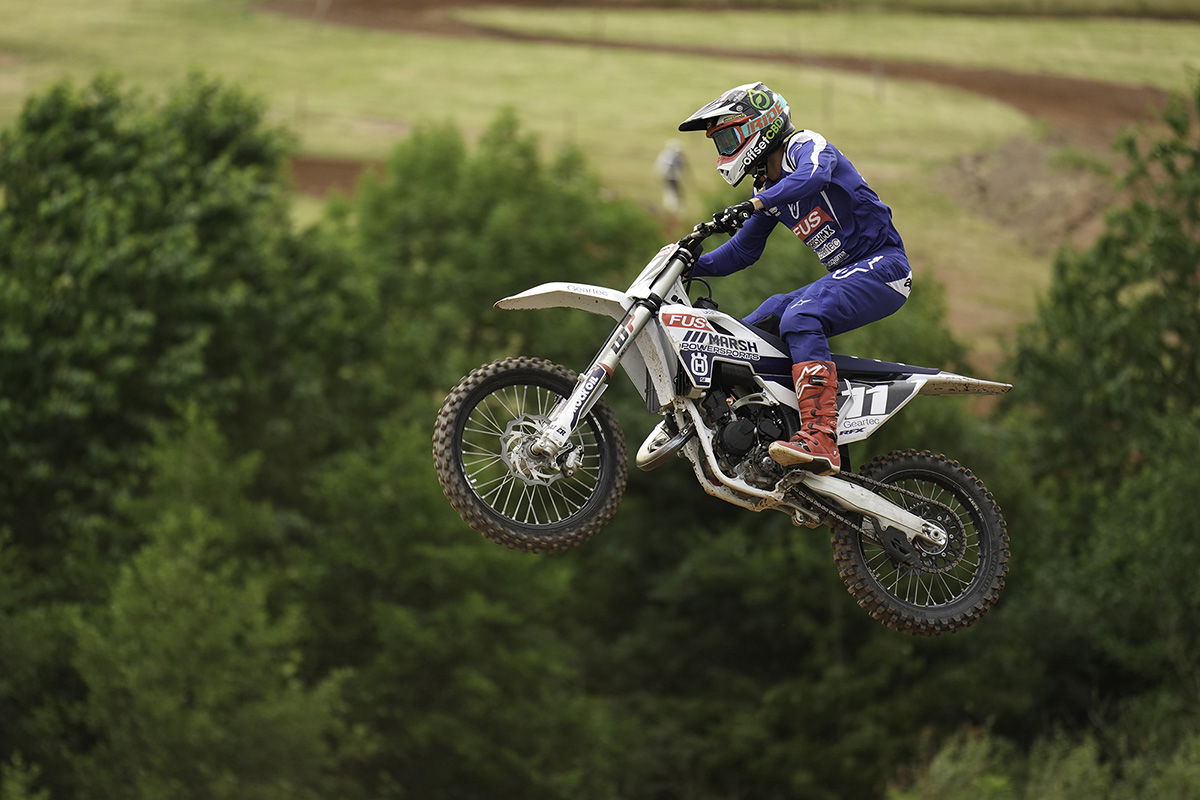
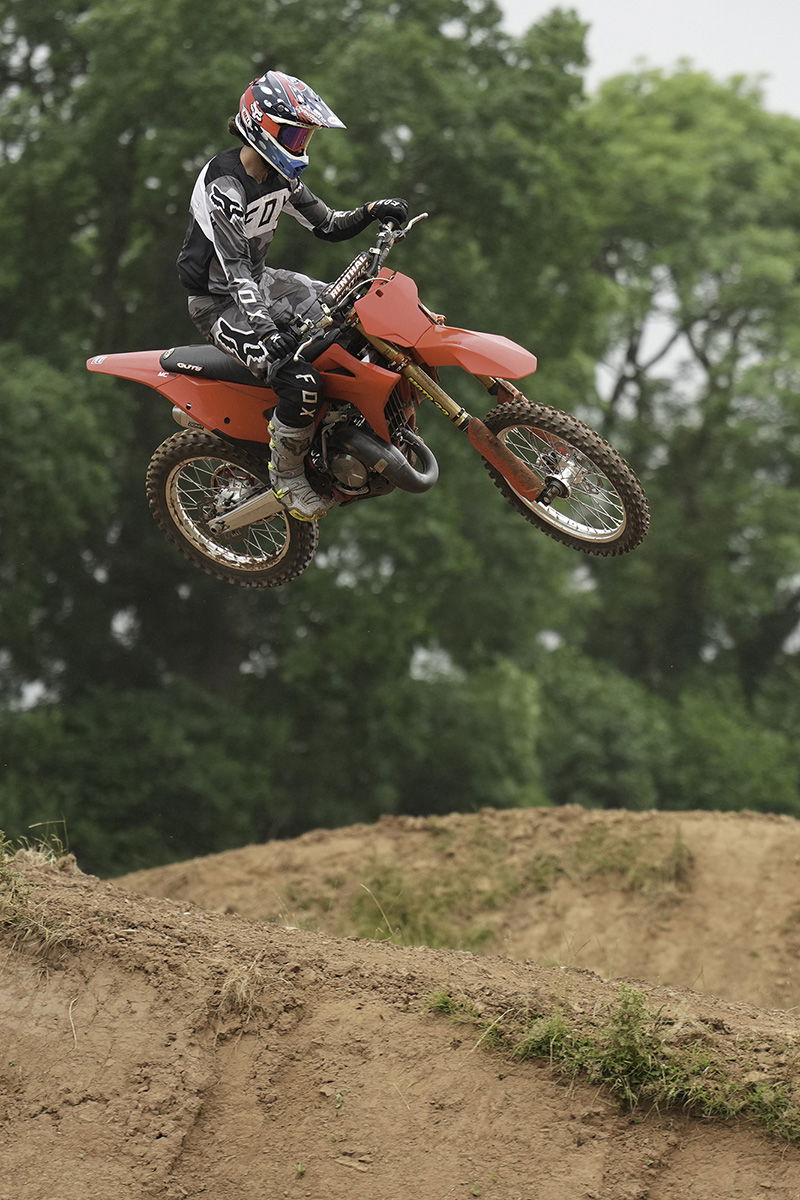
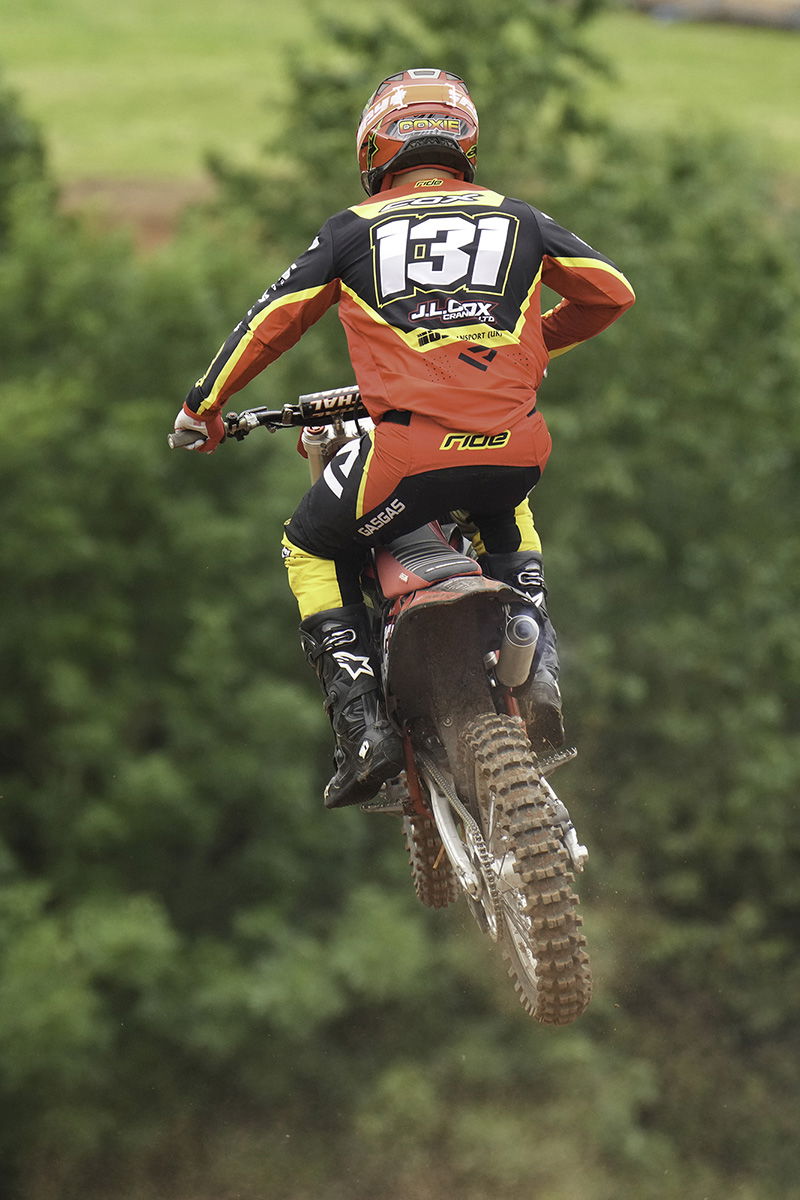
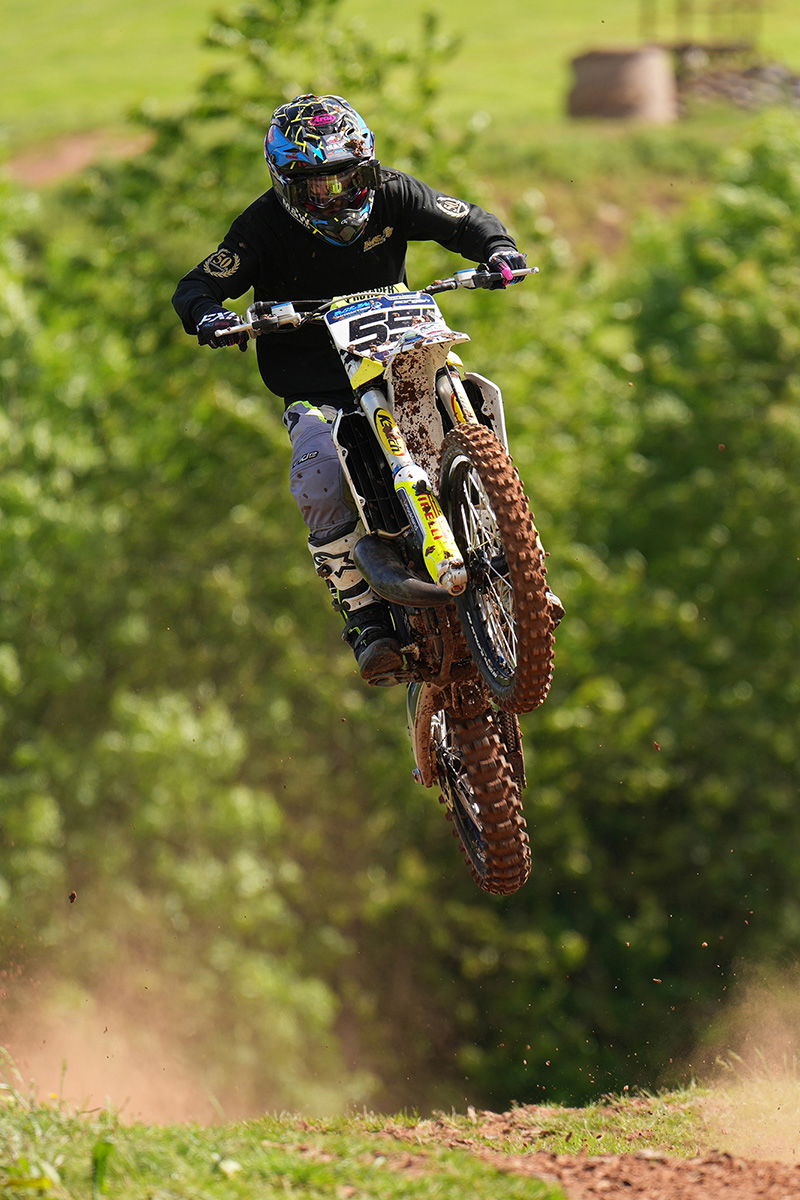
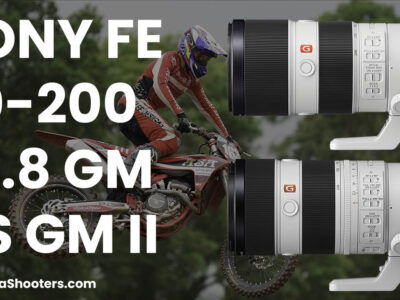
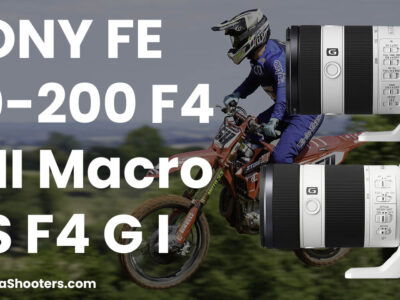
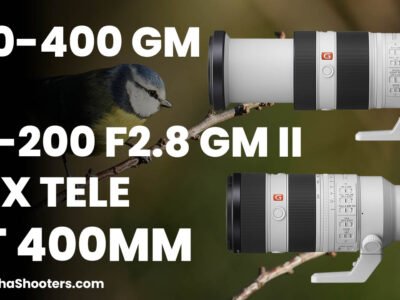

its very nuanced if you wanted a 70-200mm lens for sports wildlife and event work then the extra £1000 is well spent for the gm ,if you want a lightweight small form 70-200mm with travel and landscape get the 70-200mm f4 although both excell in weight and sharpness and some crossover points maybe the gm is more proesque the 70-200m f4 g lens does do psuedo macro very well which is really unique .Good to have choices i want both ,
Thanks for your review, it matches my experience. When I tried both lenses I opted for the F4 due to compactness, weight, price.
At 75 years old, in my quest for the lightest, most compact lens I could use for casual birding on daily walks, I purchased the APS-C Sony 70-350 G for my A7RV.
I’ve been impressed with how well the 70-350 works. I use it both in APS-C and FF mode, depending on the situation. The FF vignetting isn’t too bad, the sharpness good.. I haven’t done an extensive lens comparison. The 70-200 Macro capabilities are welcome. It feels more premium in the hand, and even though it’s larger it feels better balanced on the A7RV. OTOH the compactness of the 7–350 is great for packing for travel, and walking around. I’d be interested in your thoughts – maybe even a detailed comparison?
BTW – I use the 200-600 on a tripod for “serious” birding, but it’s a beast. I am wishing for a 100-400 GM II I could hand-hold.